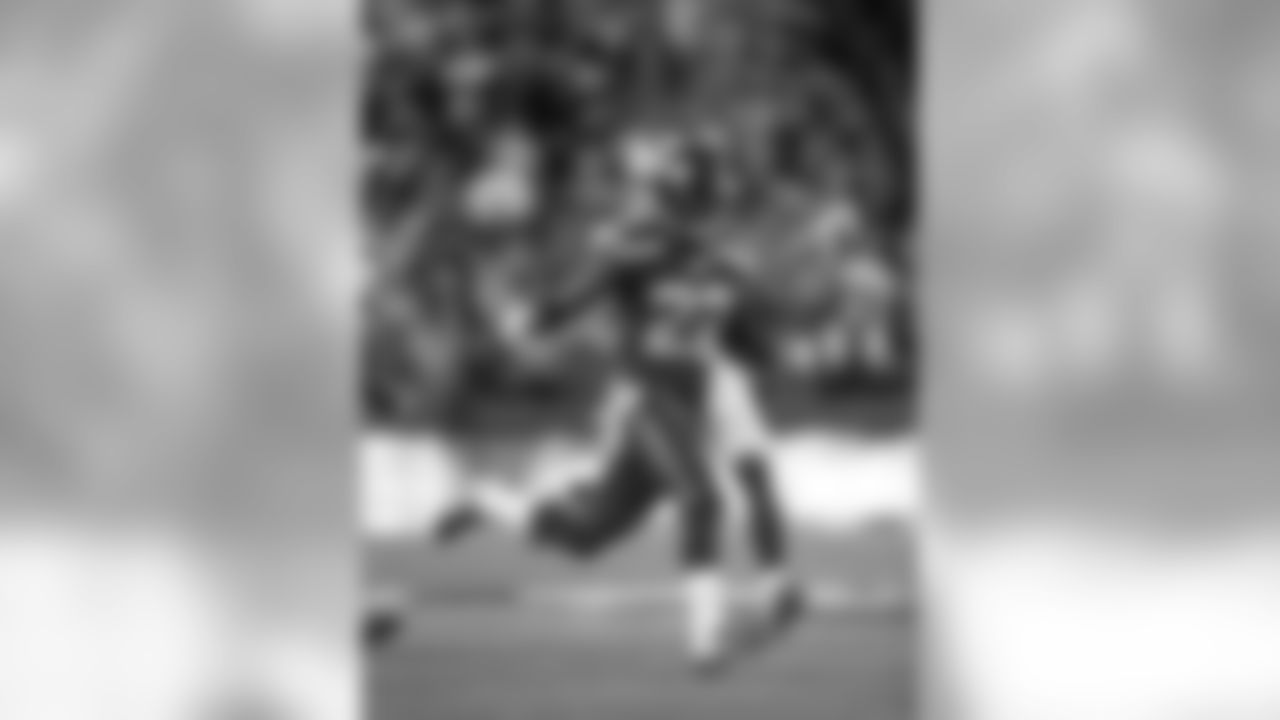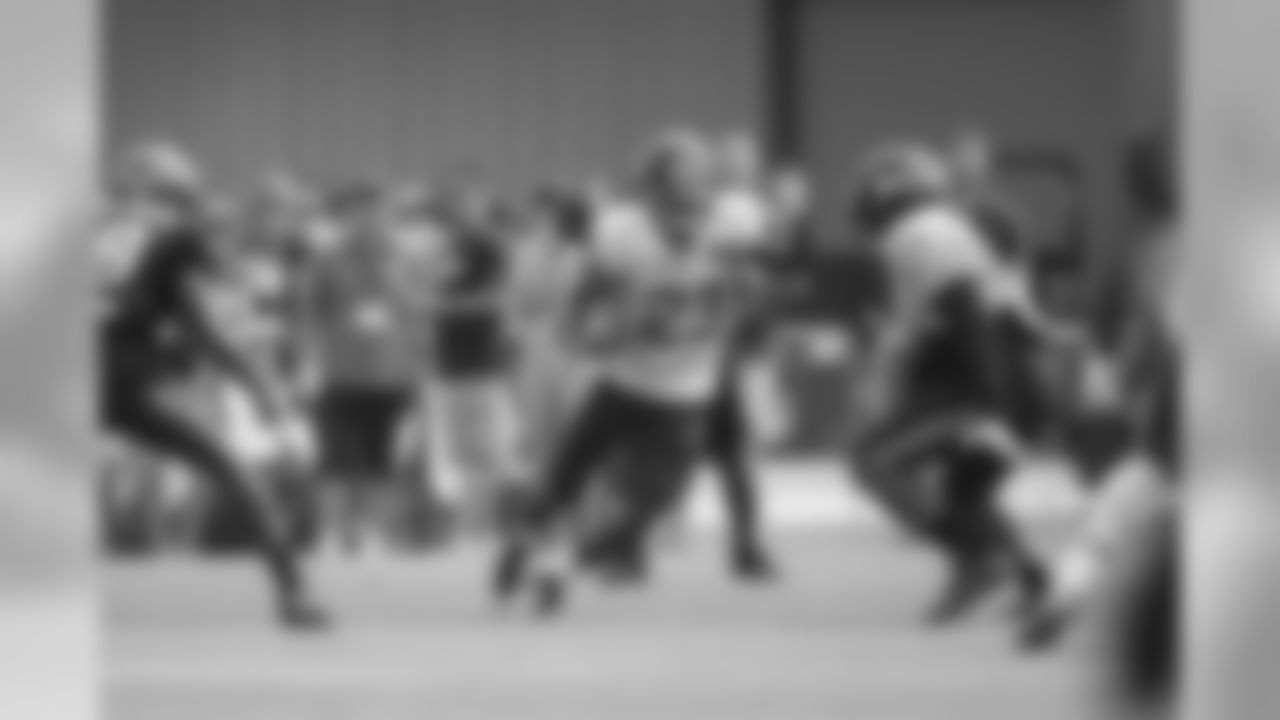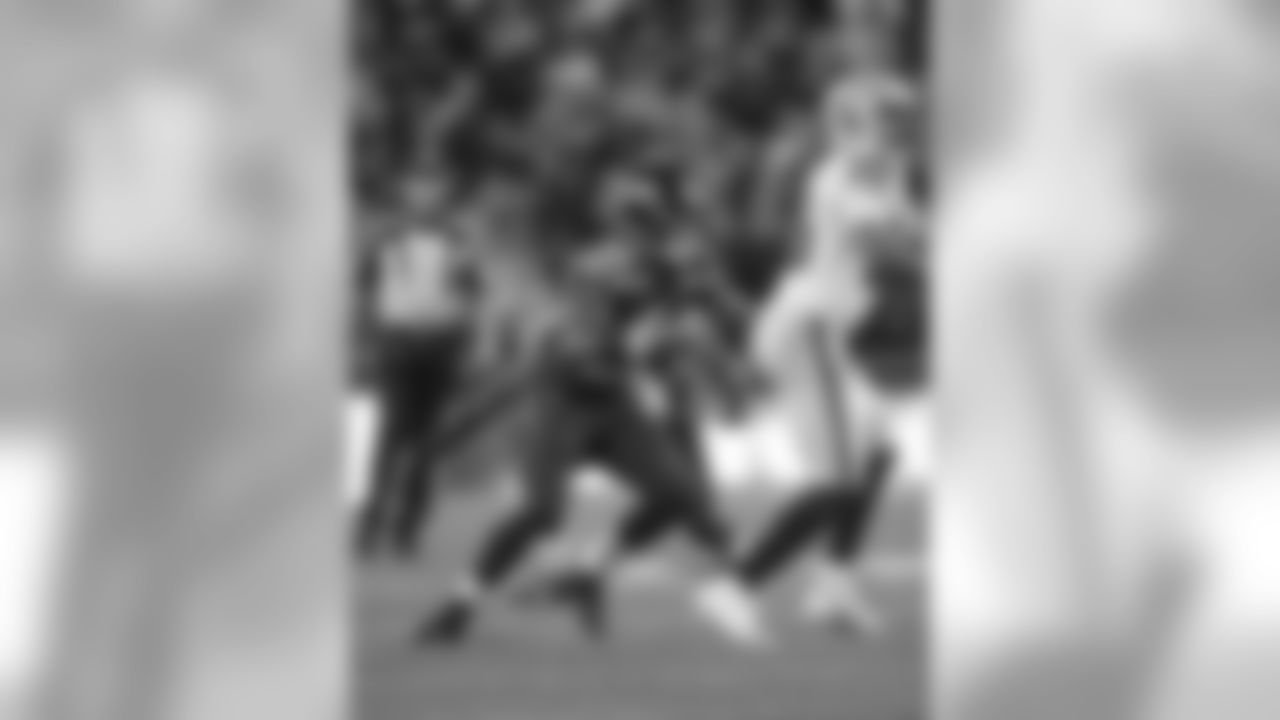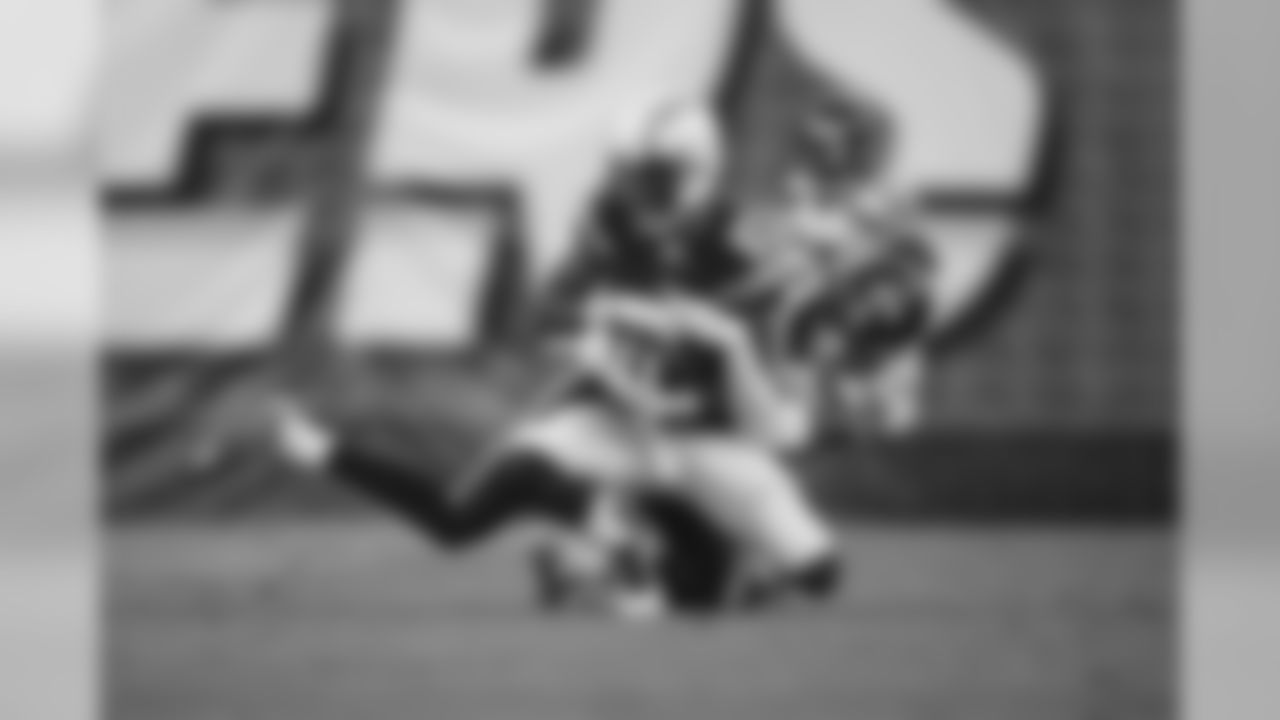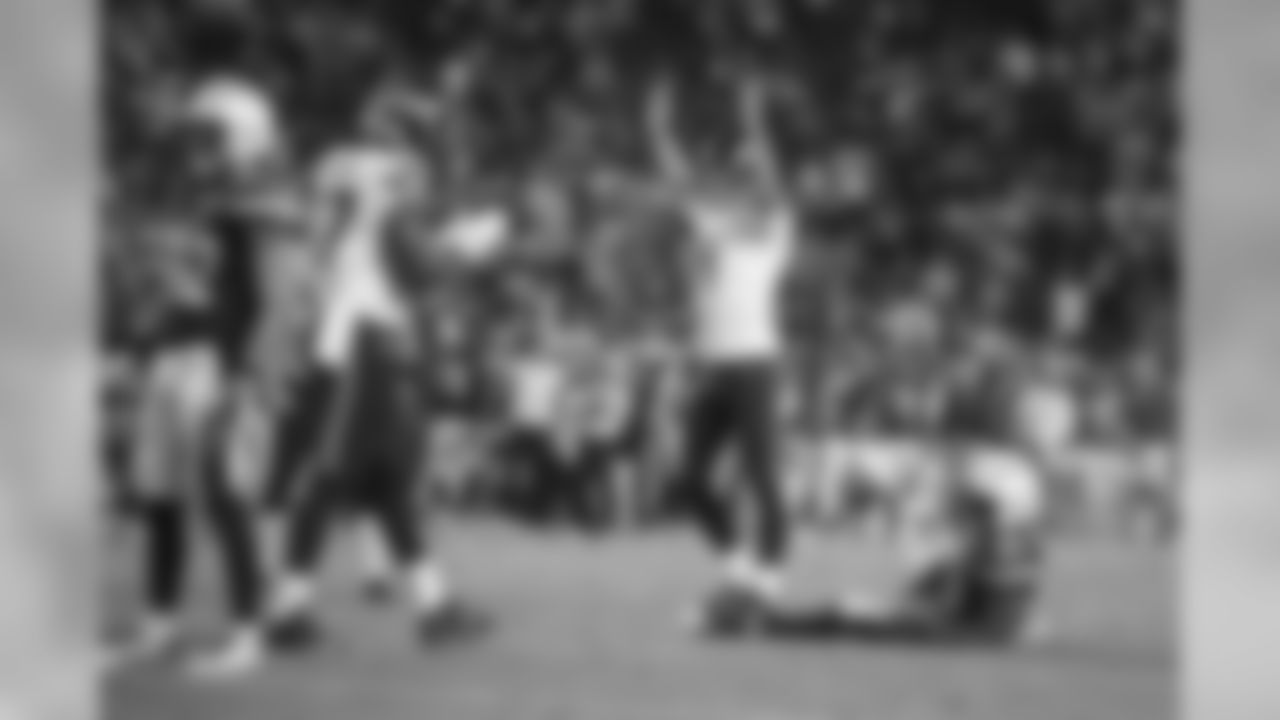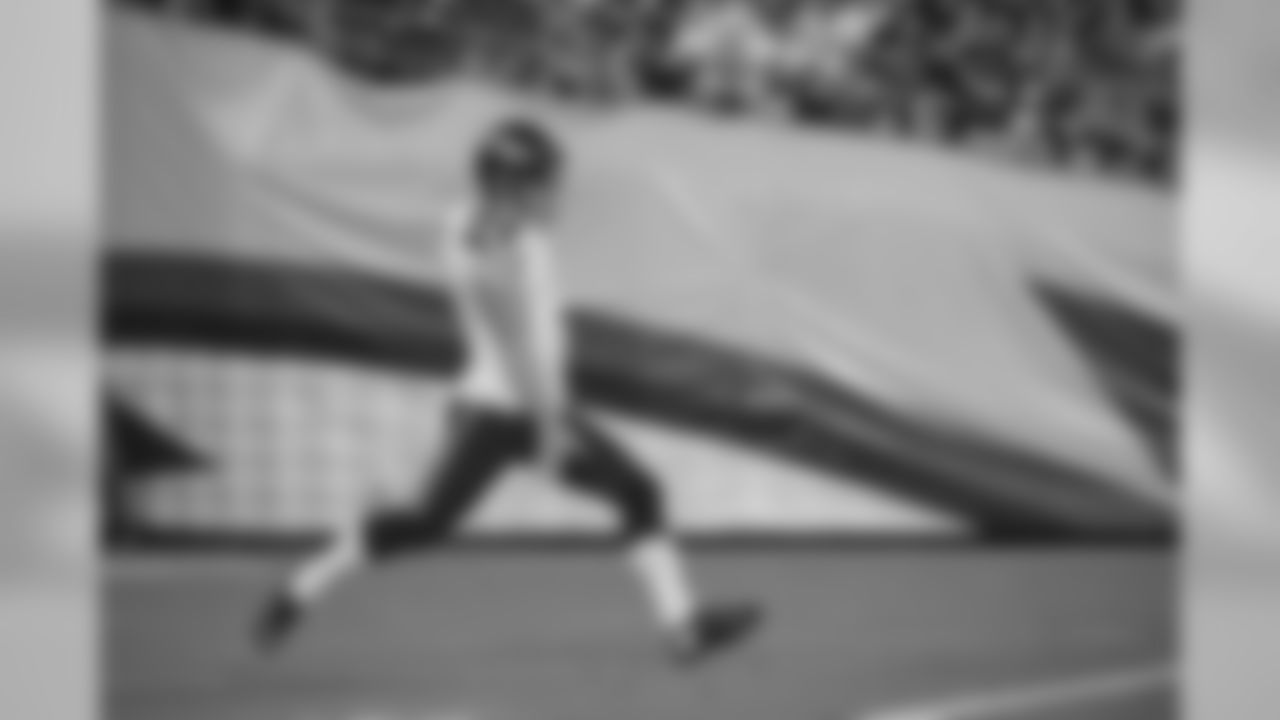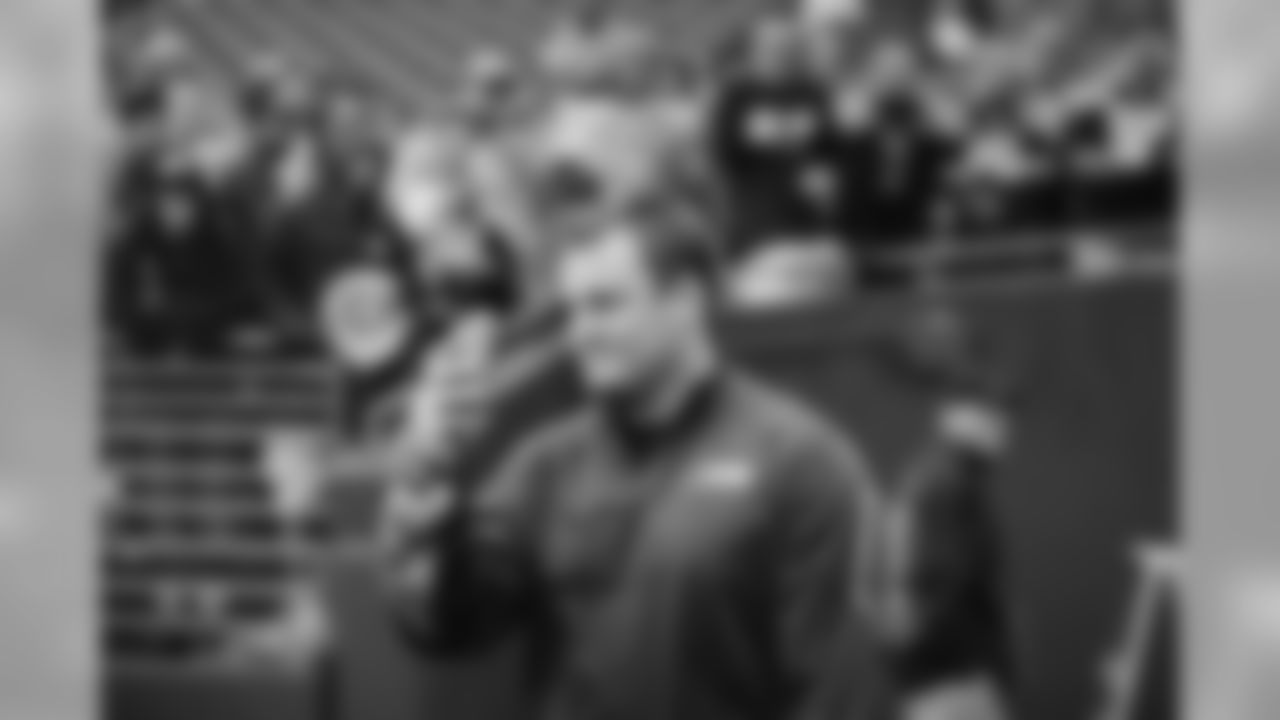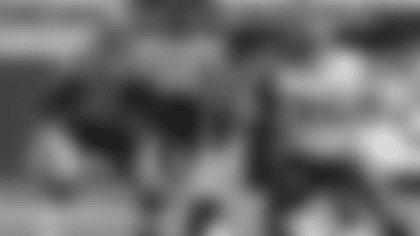Had the California Golden Bears not been dealing with injuries at center 20 years ago, the current Seattle Seahawks offensive line might look quite a bit different heading into a Week 1 matchup at St. Louis.
No, really. Keep reading and that will make sense.
As it stands now, the Seahawks are likely going to start, from left to right, Russell Okung, Justin Britt, Drew Nowak, J.R. Sweezy and Garry Gilliam. So what does that have to do with a college team from the mid-90s?
Well, when Cal found itself thin at center, a young offensive line coach named Tom Cable convinced one of his team's freshmen defensive linemen to switch positions. Jeremy Newberry struggled a bit at first playing his new position—a season opener against San Diego State's La'Roi Glover, who would go on to become a six-time Pro Bowler—didn't make the conversion any easier for Newberry, but eventually he became one of college football's best centers and went on to a Pro Bowl career with the San Francisco 49ers.
Later at Cal, Cable convinced defensive tackle Tarik Glenn to become offensive tackle Tarik Glenn, and the result was a 10-year career in Indianapolis that included three Pro Bowl selections and a Super Bowl ring. And two decades later, those two defense-to-offense conversions at Cal are helping shape the offensive line of a team coming off of back-to-back Super Bowl appearances.
After Newberry and Glenn succeeded on offense, an idea was stuck in Cable's head that wouldn't go away. Several jobs and many years later, he convinced Seahawks general manager John Schneider and head coach Pete Carroll that a defensive tackle at N.C. State named J.R. Sweezy could be an NFL guard. Sweezy's success as the Seahawks' starting right guard has led to the Seahawks trying more and more defensive players on offense. Not every one of those conversions has worked, but when the Seahawks play the Rams Sunday, they'll have two former defensive linemen (Sweezy and Nowak) starting on their interior line, and a former college tight end (Gilliam) starting at right tackle.
"This really started a long time ago," Cable said. "Doing this, it's a little bit nerve-wracking for a minute, and then once you convince them that if they'll just follow your direction and stay with it and don't get frustrated, it can happen. Of course J.R. has done it, and now Drew's done it, and Garry's done it from being a tight end. You've got Kristjan (Sokoli) doing it, (practice squad center Will) Pericak doing it. All those kids have done exactly what you want. They've done what we asked them to do, and they've been able to do it without fear and without frustration. If you do that, you can do anything."
So why go through that frustration and failure when there are hundreds of draft-eligible offensive linemen each year? Why take the time to teach someone a new position in the high-stakes world of the NFL? The short answer is that it's just hard to find quality offensive linemen. There are, however, a lot of very good athletes playing defensive line in college who aren't quite good enough to get drafted. Sweezy, for example, is an exceptional athlete by NFL guard standards, but as a defensive tackle he was available midway through the seventh round of the 2012 draft. So if the offensive linemen the Seahawks like in a particular draft aren't available when their picks are up, they just might be able to find a D-lineman in the later rounds who is willing to change positions.
"Sometimes the draft doesn't fit you, it doesn't come your way the way you want it to—the ones you want are up there and you're not up there to pick them," Cable said. "But you still have to do right by your team. So I think collectively from John to Pete to the whole scouting department, we've been on board to find those guys with those characteristics, and it's working."
The characteristics Cable wants?
"You're looking for three characteristics: are they smart, are they tough and are they athletic?" he said. "Every one of those guys fits all three of those."
Carroll and Schneider hardly need a lot of convincing when it comes to thinking outside the box, so when Cable brought up the idea of Sweezy playing guard, they were intrigued, and when that worked out, "That opened the door," Carroll said.
"If we did it once we can do it again," Carroll continued. "So we're pretty deep into it right now, we got a lot of defensive guys, that's going to help us during the season they can go over there and play defense for us. I think there's an openness about it and a kind of a feeling of confidence that we'll uncover it if it can happen, and if it can't we have to go another way, but it looks pretty good right now. It allows us to really upgrade our players athletically, we're moving pretty well right now up front."
In addition to upgraded athleticism, another thing Cable likes about converting defensive players to offense is that he gets a player he can develop who comes to Seattle having not picked up any bad habits. If a player has the right physical traits and just as importantly the right attitude, Cable, who likes to think of himself as a teacher as much as a coach, figures the rest can be taught in time. When you hear Cable talk about line play, he'll mention hand placement and footwork and all the usual technical aspects, but even more frequently, he mentions things like finish, strain, grit and effort. If those things are there, the technical stuff will come later.
"That is really one of our core beliefs in our program across the board—effort and finish," he said "Once that element is in place, that allows you then to get good fundamentally and technique-wise. That's what you're seeing now in these guys; they're taking off and it's pretty good to see."
Nowak, who was the MAC Defensive Player of the year at Western Michigan as a defensive tackle, began his conversion to offense while in Jacksonville, but he has thrived under Cable in Seattle, going from the practice squad last year to the starting center this season.
"I just feel like he knows us as players so well," Nowak said. "Each guy individually, he coaches us differently. He gets to know who we are, what type of person we are. And he's such a great coach—he knows so much in the classroom, he just does everything so well for us. It's hard not to be successful when you have a guy like that in your corner."
Yet as far as Nowak has come, he likely will fail at times this year. Just as Newberry struggled with Glover as a freshman, and just as Sweezy had a rough-go facing Darnell Dockett in his first NFL game, Nowak might lose his share of battles with Rams defensive tackles Aaron Donald and Michael Brockers. But what Cable sees in Nowak—what he says every defense-to-offense convert needs—is the ability to learn from whatever failure comes his way, not be defeated by it.
The most important trait Cable wants to see in a lineman?
"Perseverance," he said. "All these kids can run, all these kids are strong, they've got some cool characteristics about them. But the one thing it comes back to is that grit factor. Because they're going to fail, sometimes they'll fail miserable, sometimes they'll fail repeatedly, and as long as they don't allow their spirit to be shattered, they'll be OK. If they can keep coming back and keep wanting to do it and learn from a failure, they're going to make it. That's the one element you look for—who's really tough enough, has enough intestinal fortitude, is gritty enough. All of that comes back to, can they persevere through hard times? They're going to fail; failure can be good, and as long as they understand that, they're OK. If failure gets 'em and knocks them down and they stay down, then they're probably not going to be able to do it."
Jeremy Newberry was able to do it, so too was Tarik Glenn, then two decades later J.R. Sweezy did it at the NFL level. And now, Cable and the 2015 Seahawks offense are relying on yet another defensive-line convert as well as a former tight end have what it takes to play offensive line in the NFL despite having little experience at their respective positions. It's a risky way to build an offensive line, but one that fits the personality of an organization built on helping players be the best they can be while focusing on what they can do; not on their limitations.
"If you're looking to see what a guy can do instead of what he can't do," Carroll said, "then it does leave you open to opportunities to see things like that."
Meet the 2015 Seattle Seahawks 53-man roster in photos.
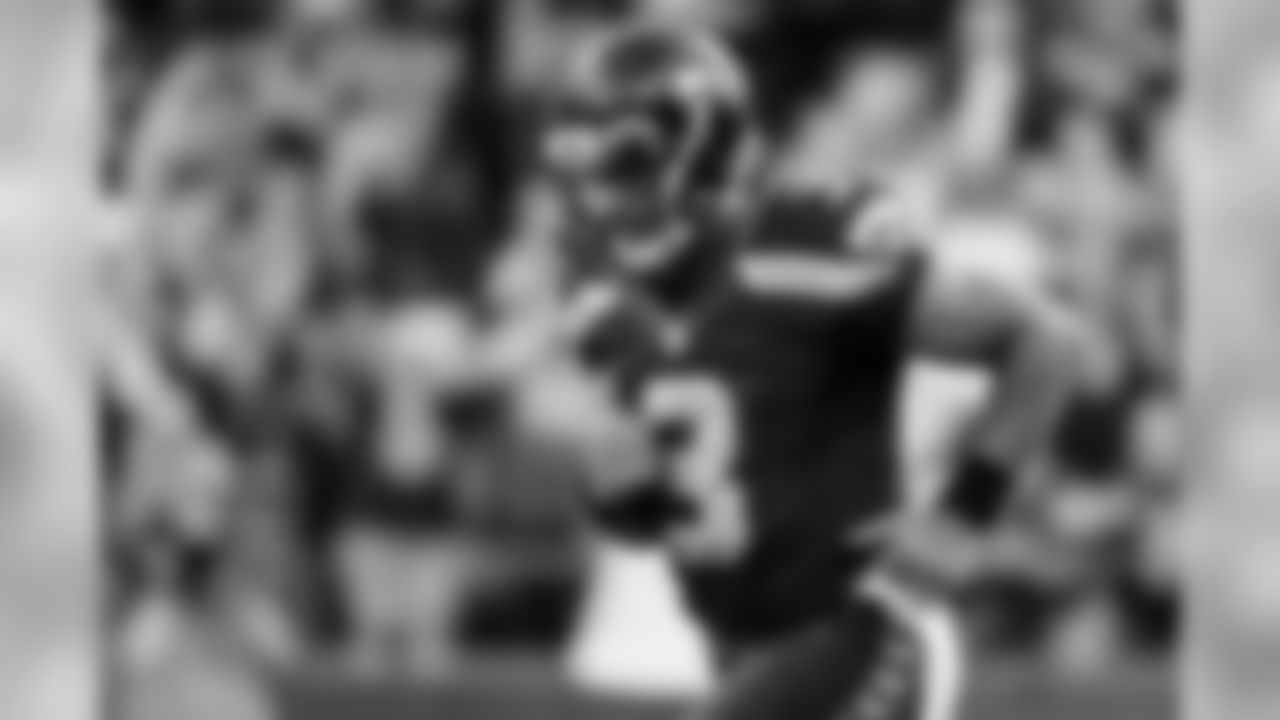
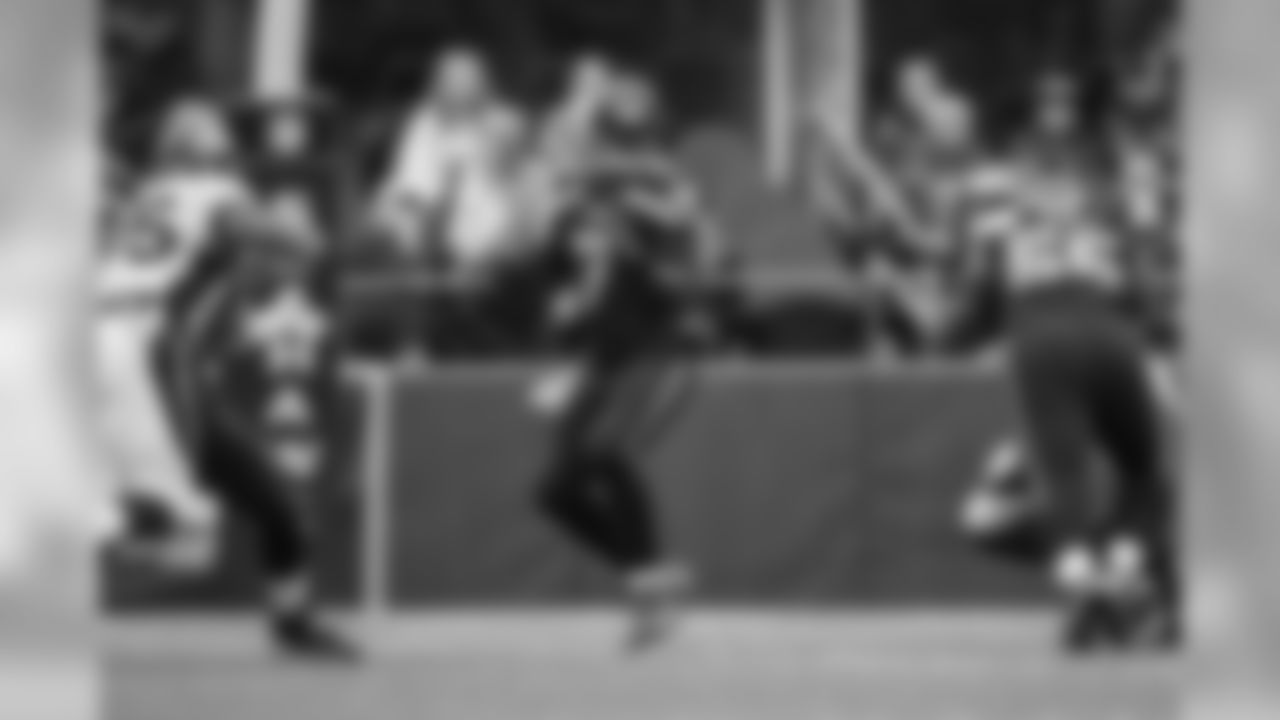
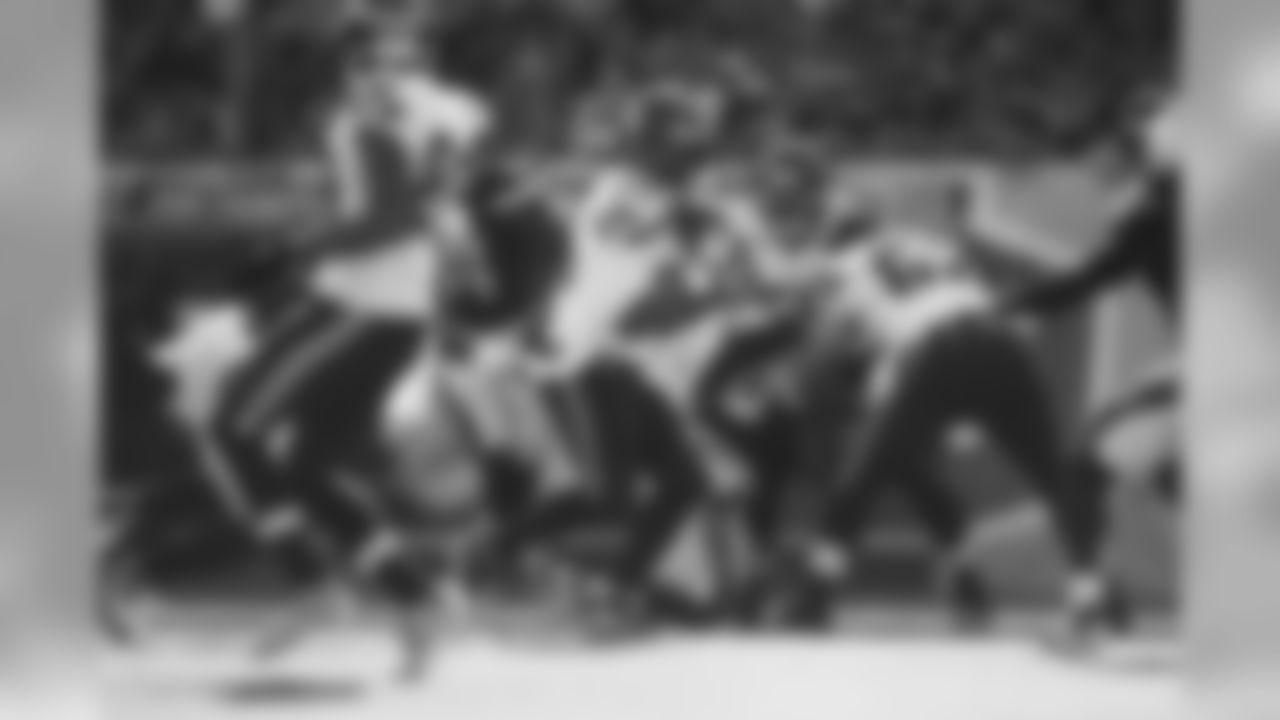
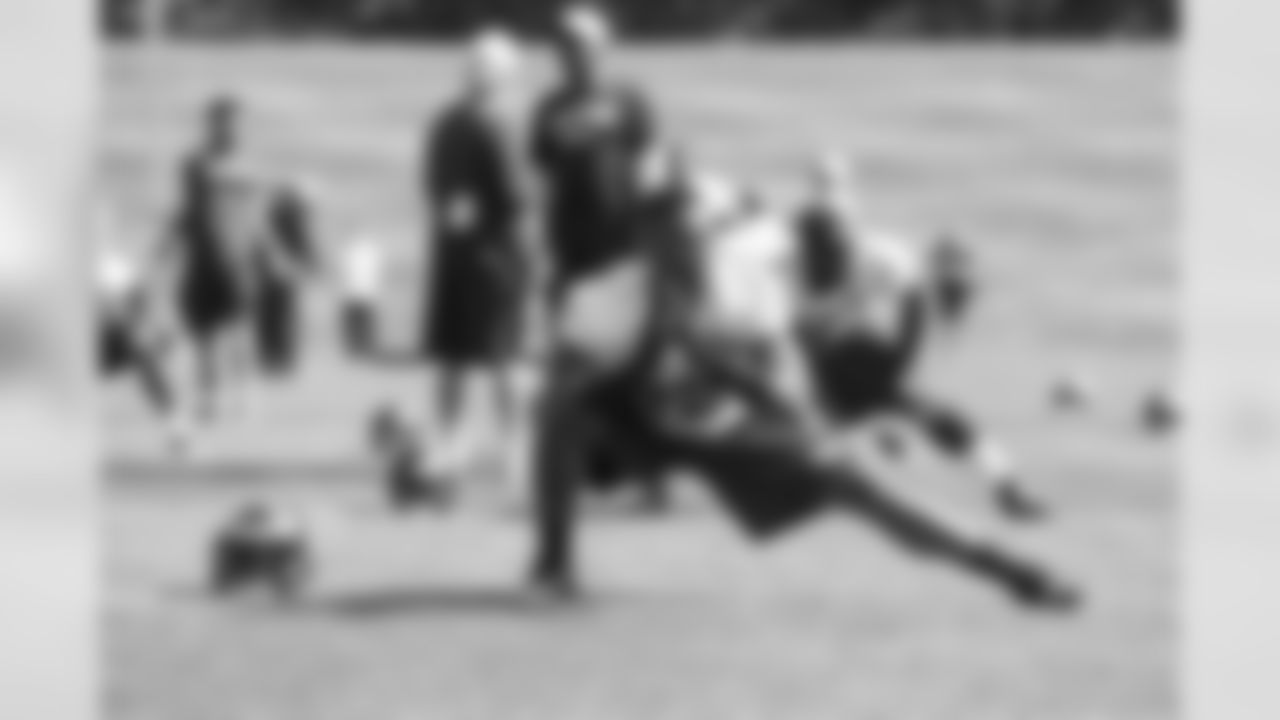
SE
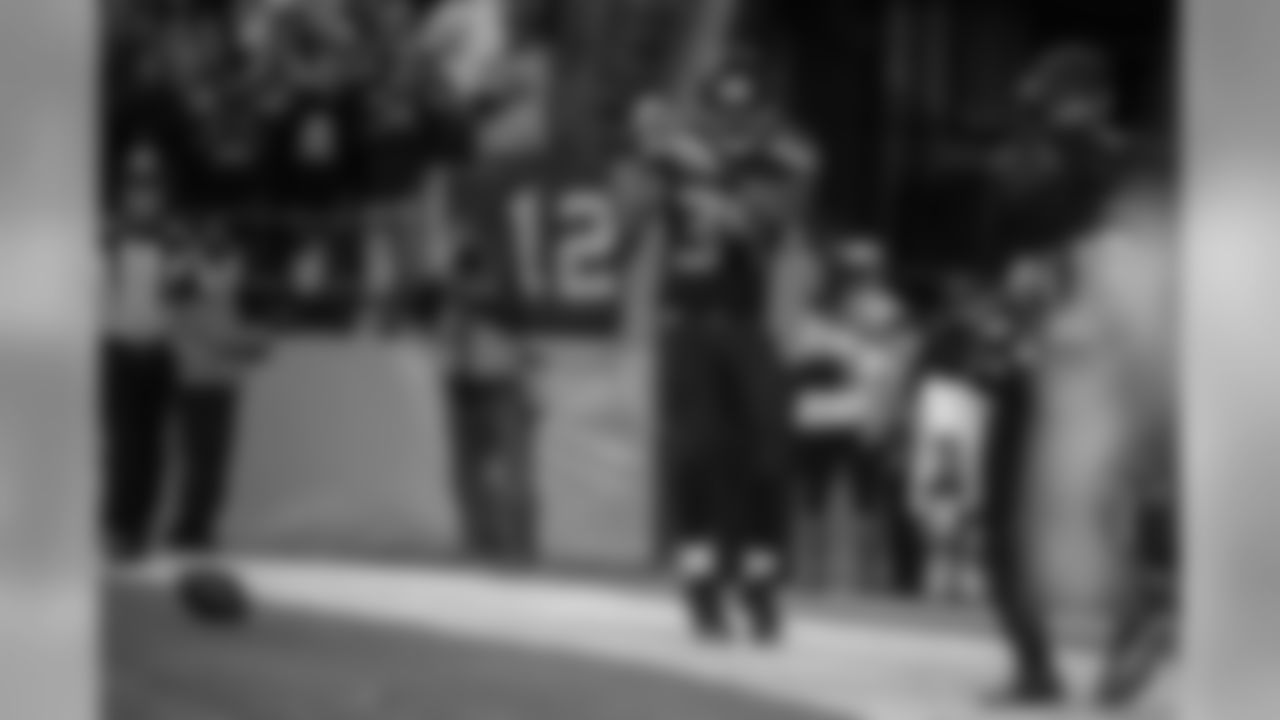
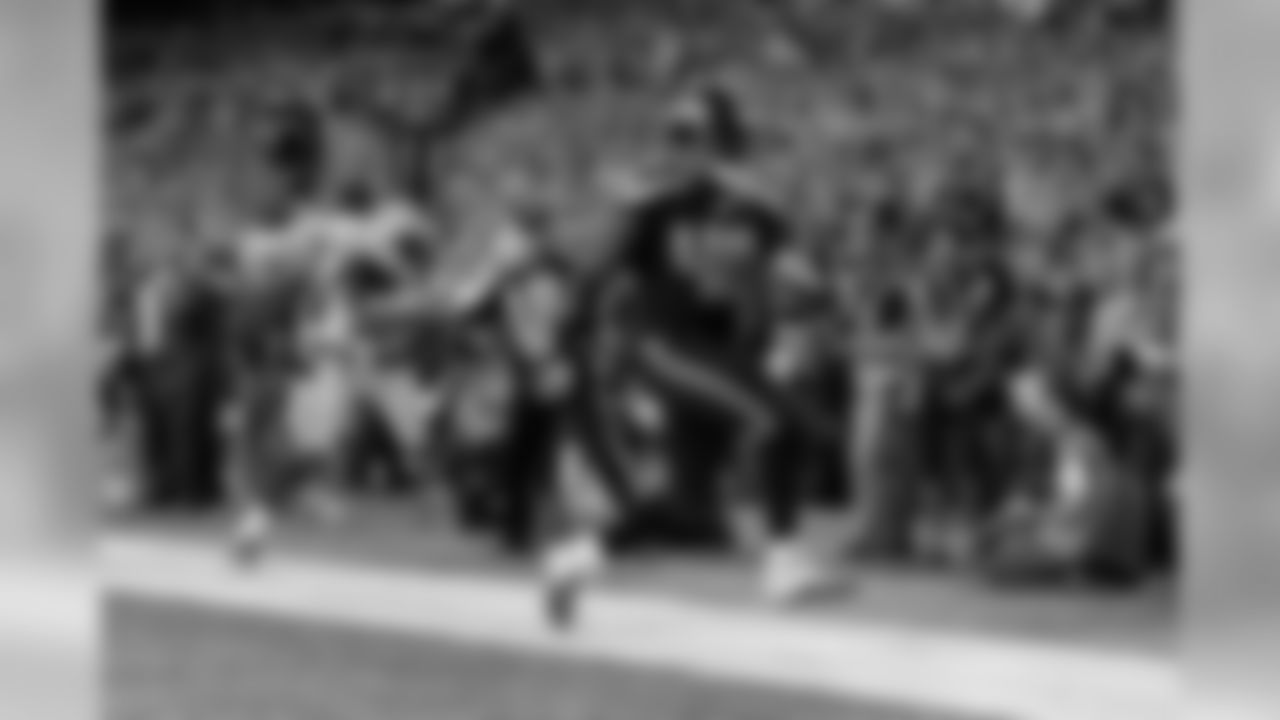
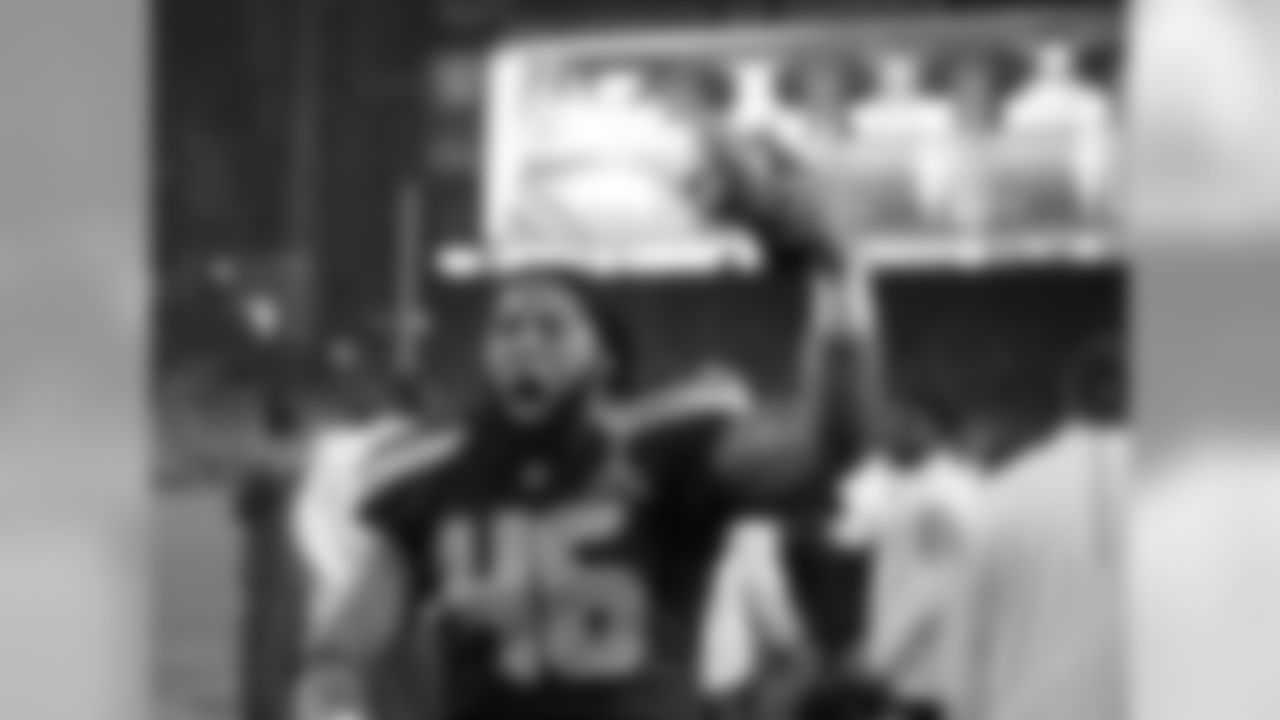
Seattle Seahawks fullback Will Tukuafu (46) during the second half of NFL Super Bowl XLIX football game Sunday, Feb. 1, 2015, in Glendale, Ariz. (AP Photo/David Goldman)
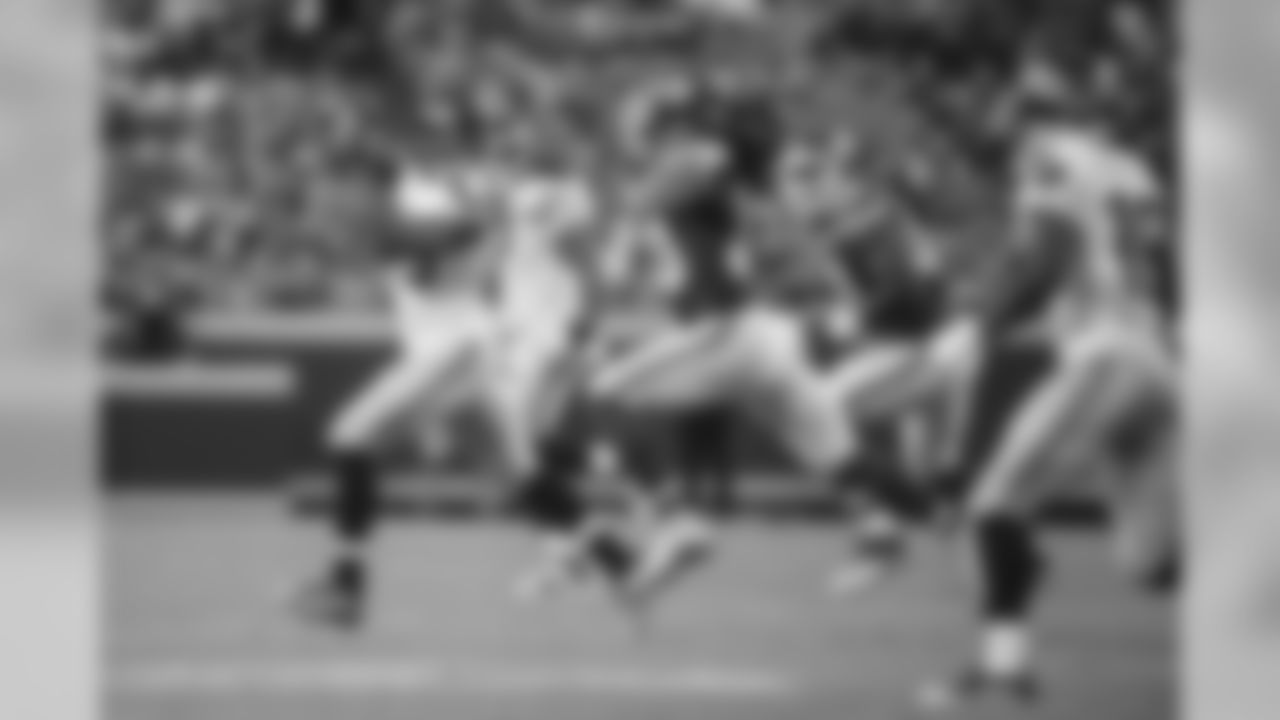
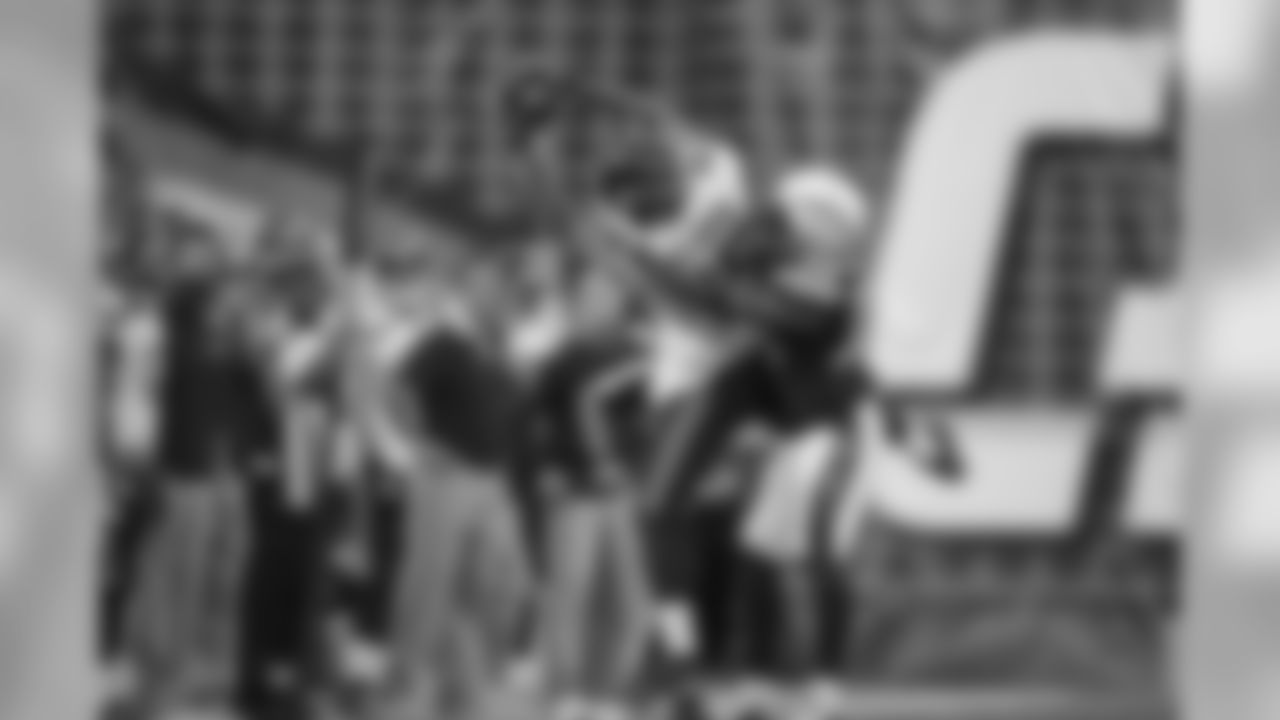
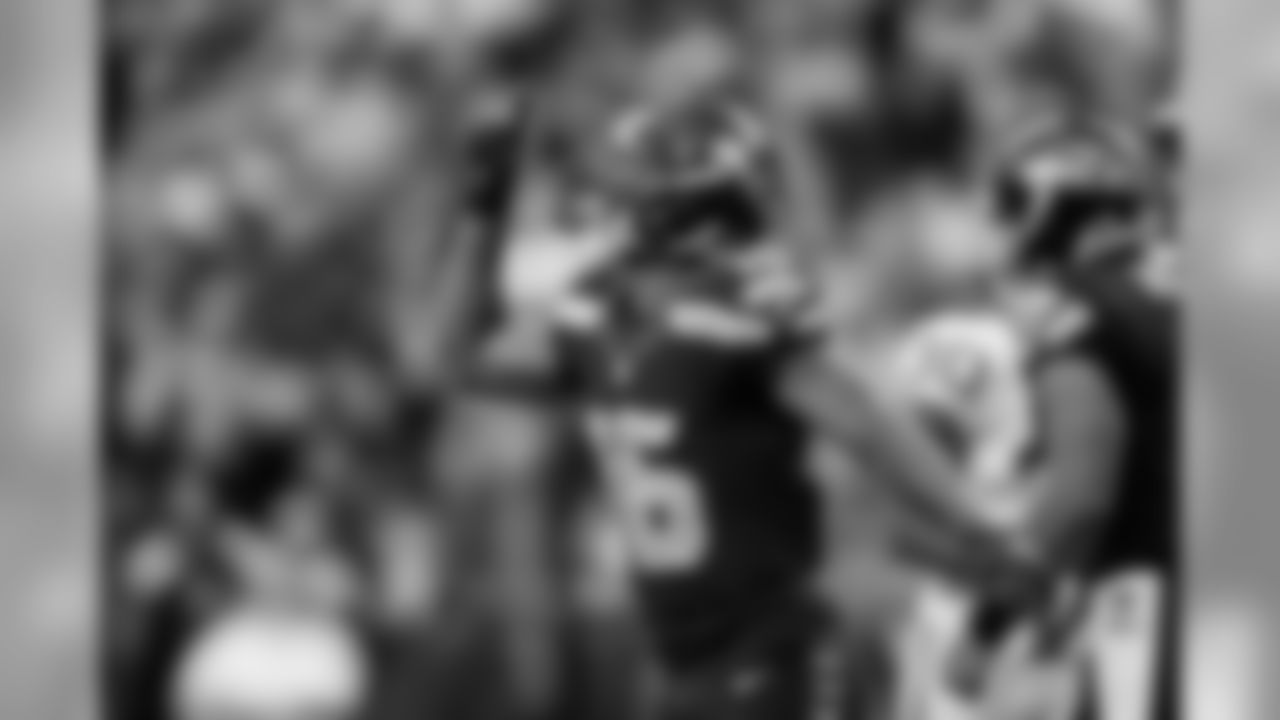
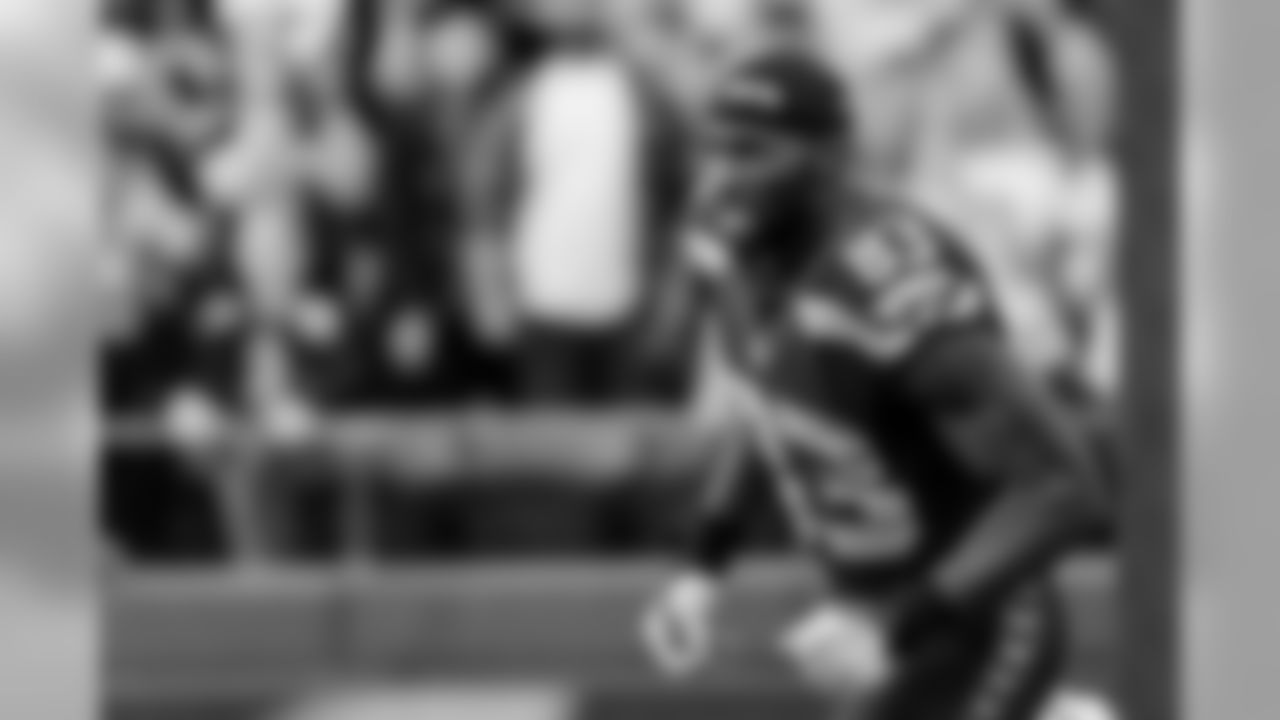
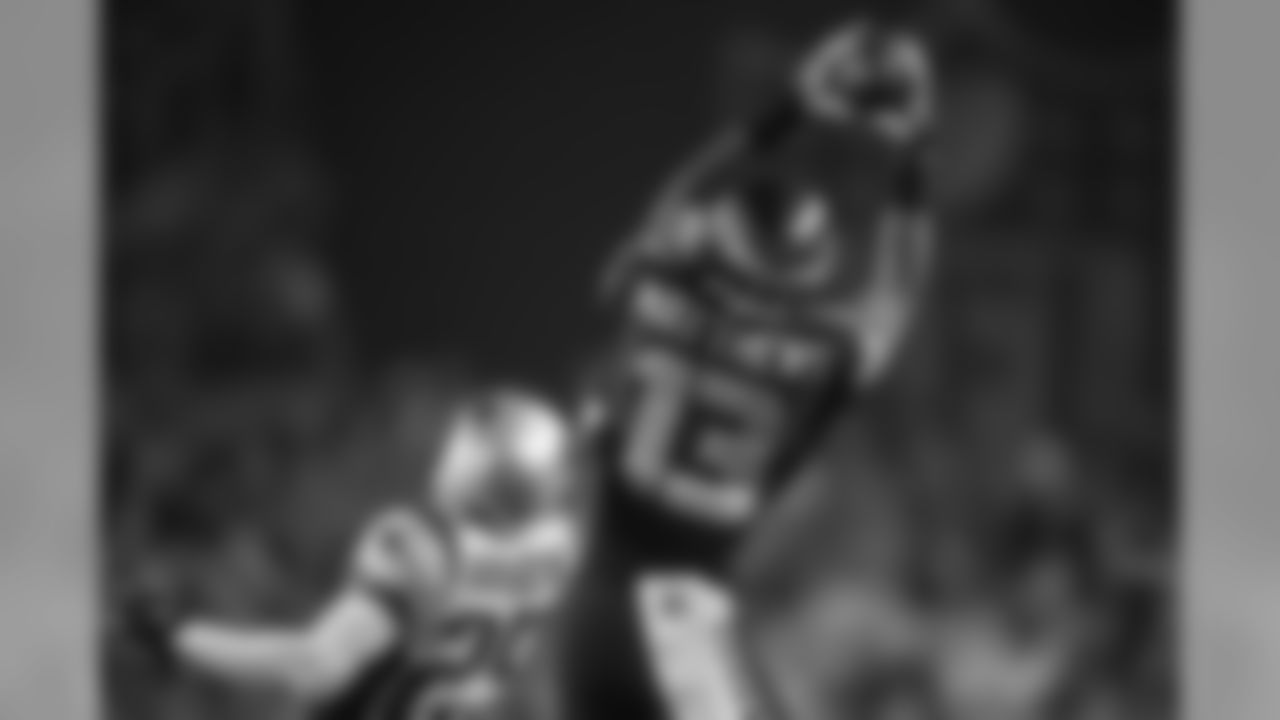
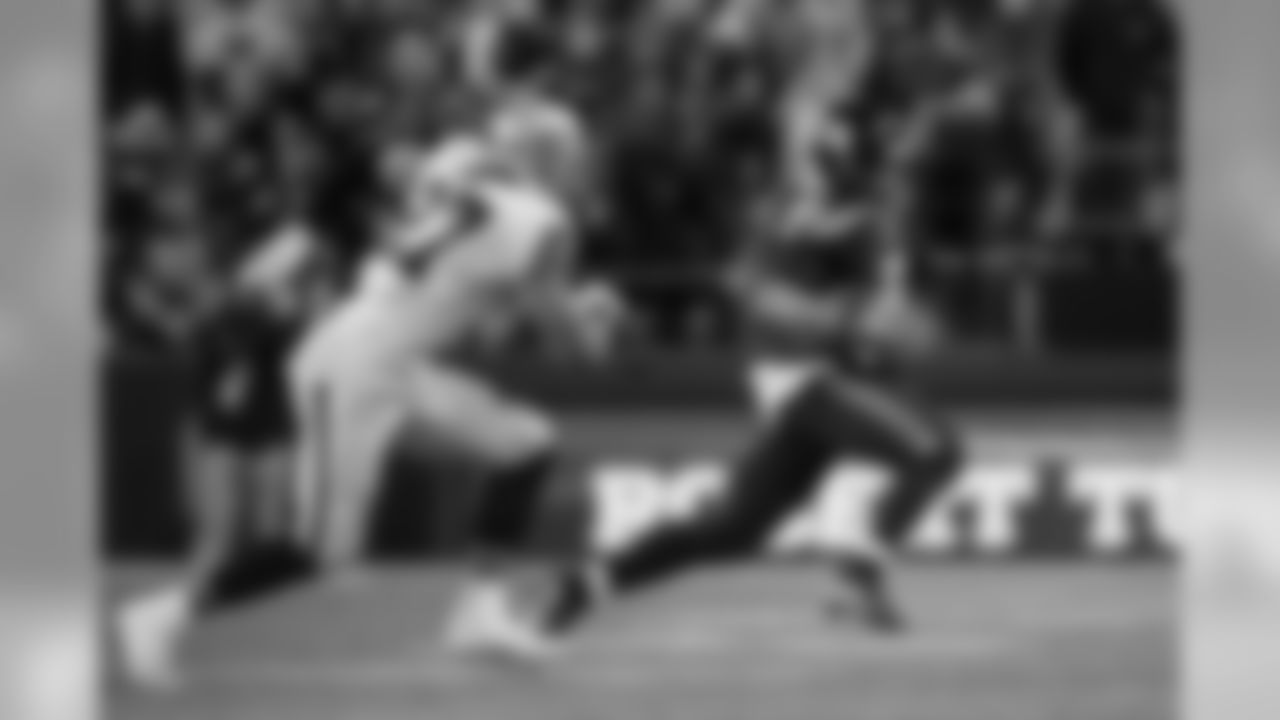
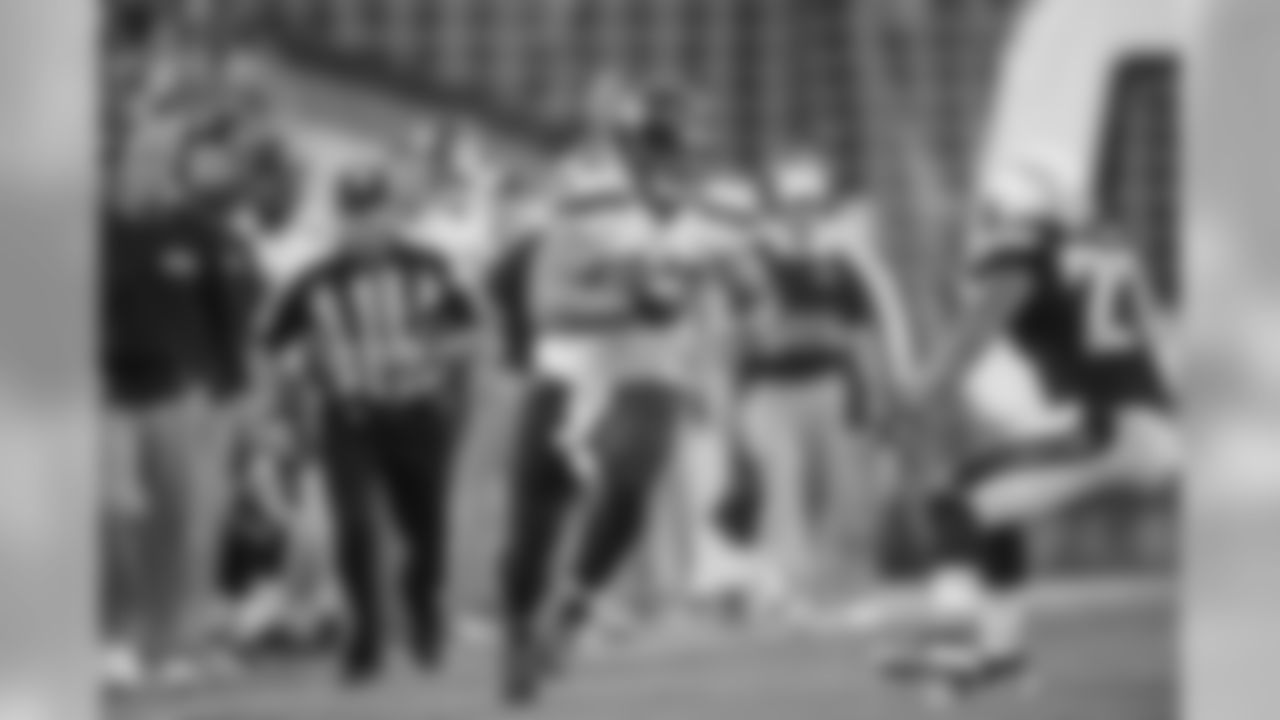
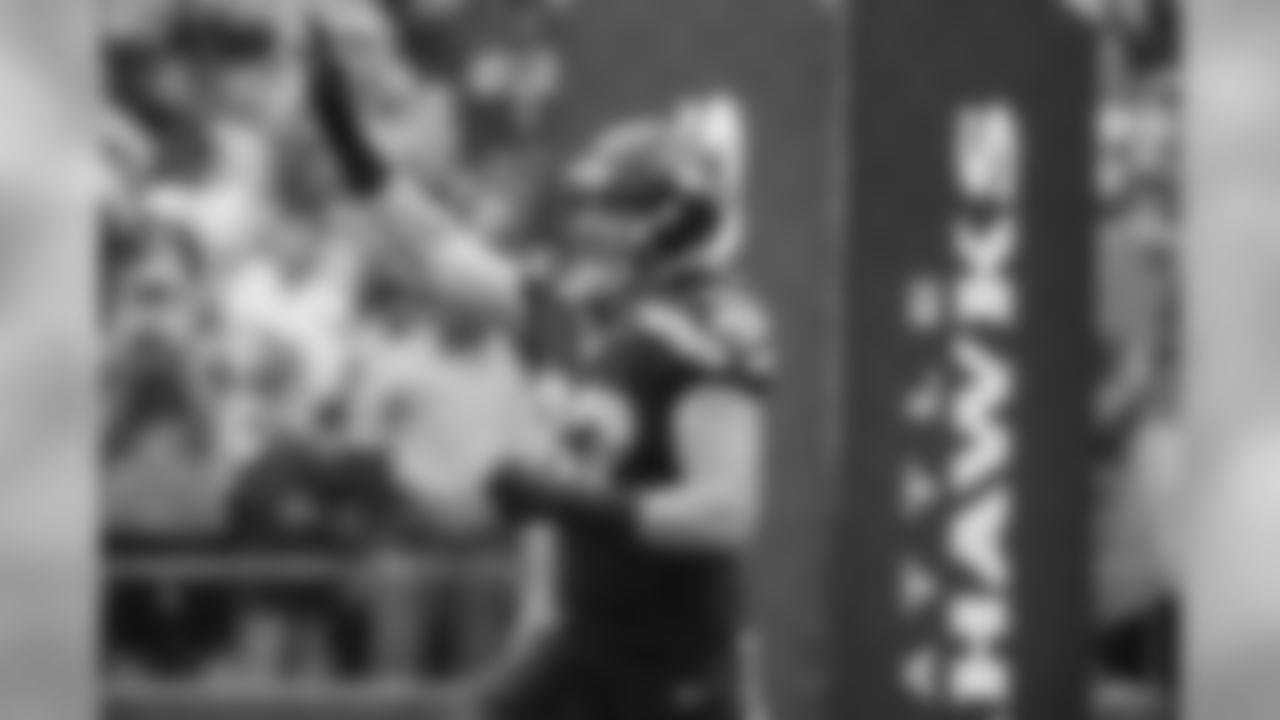
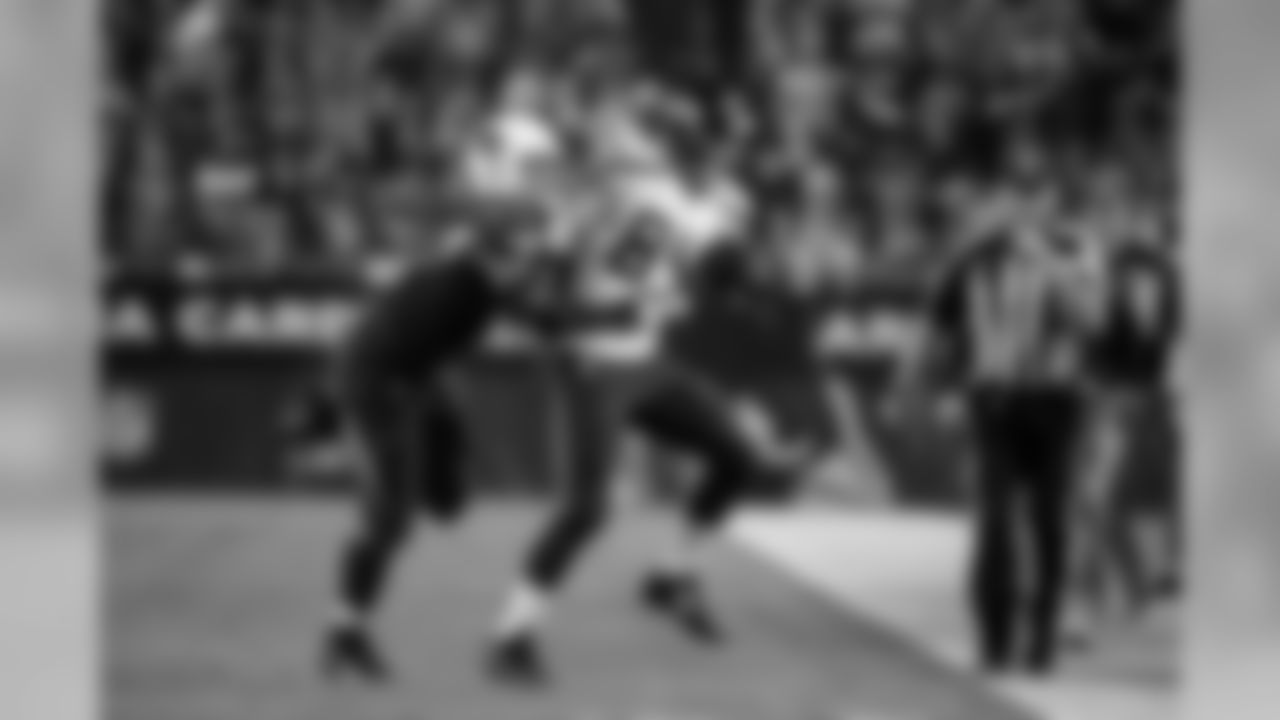
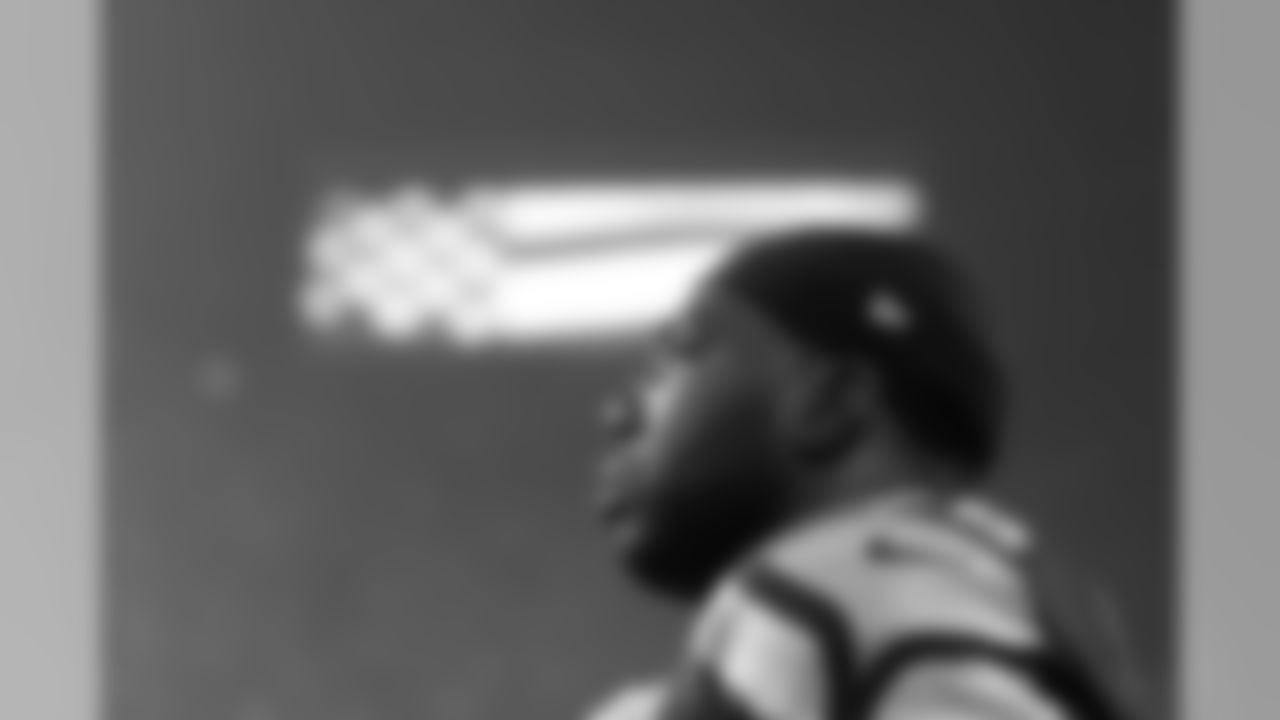
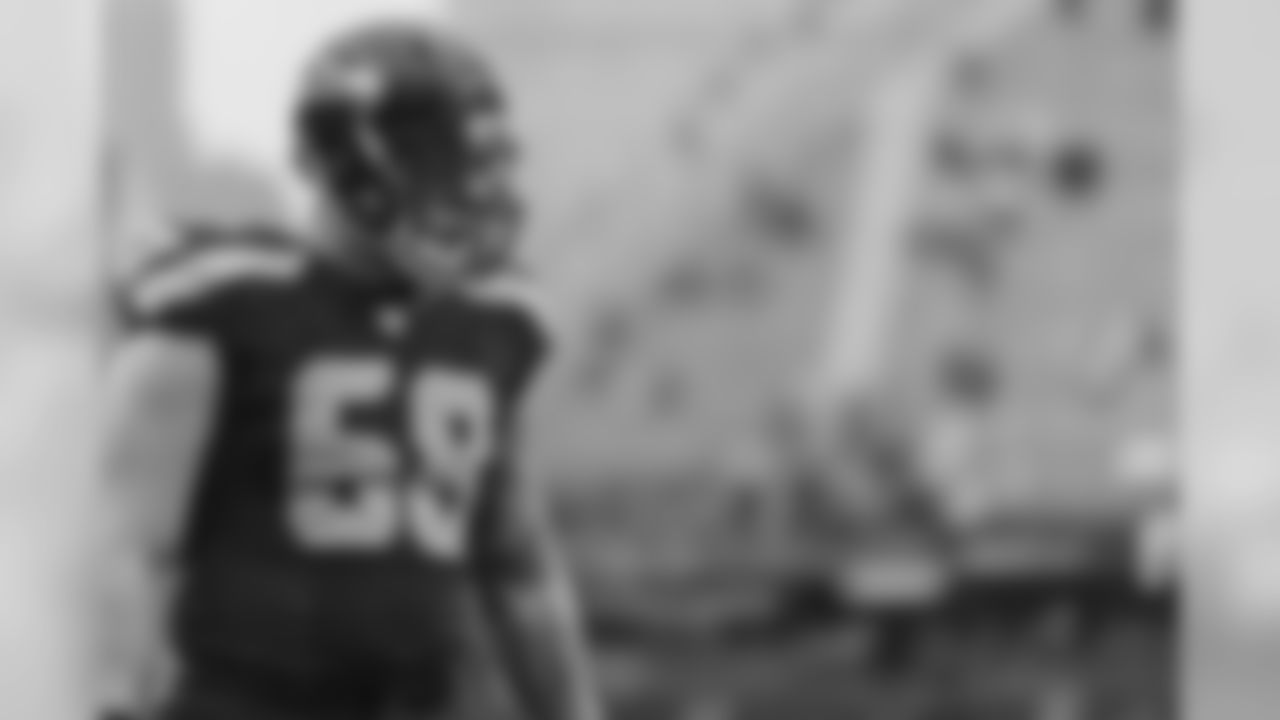
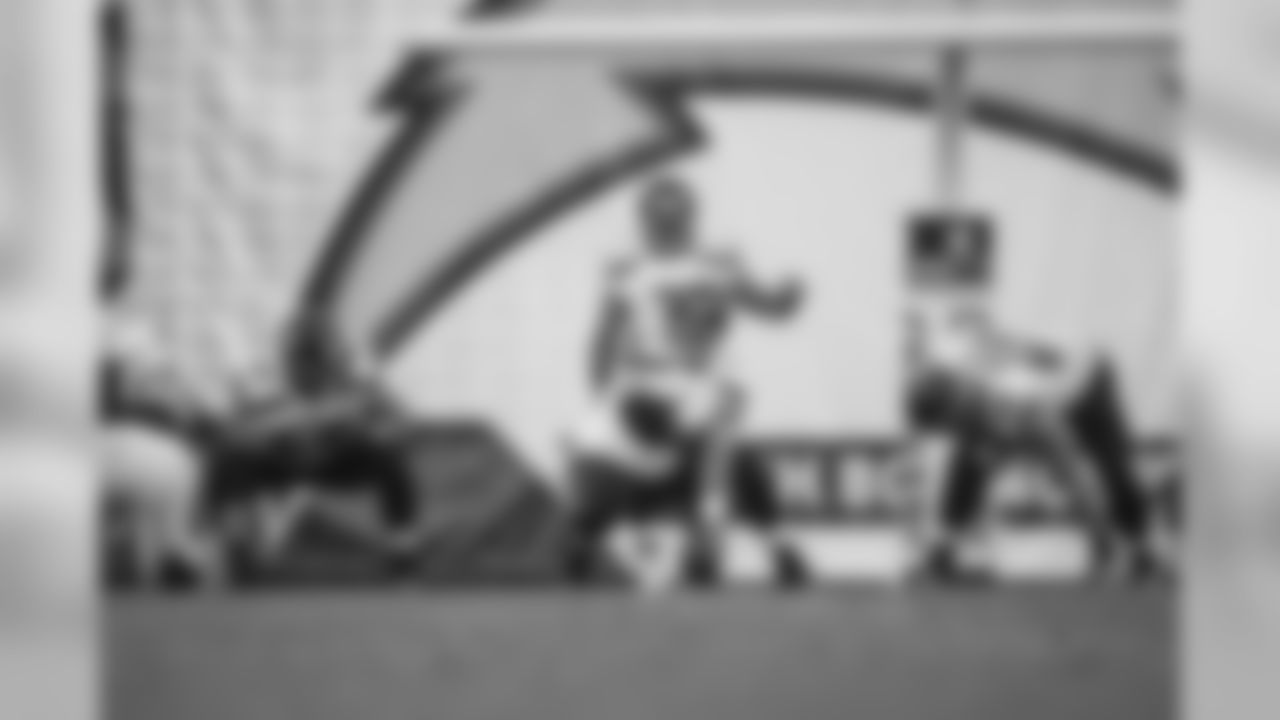
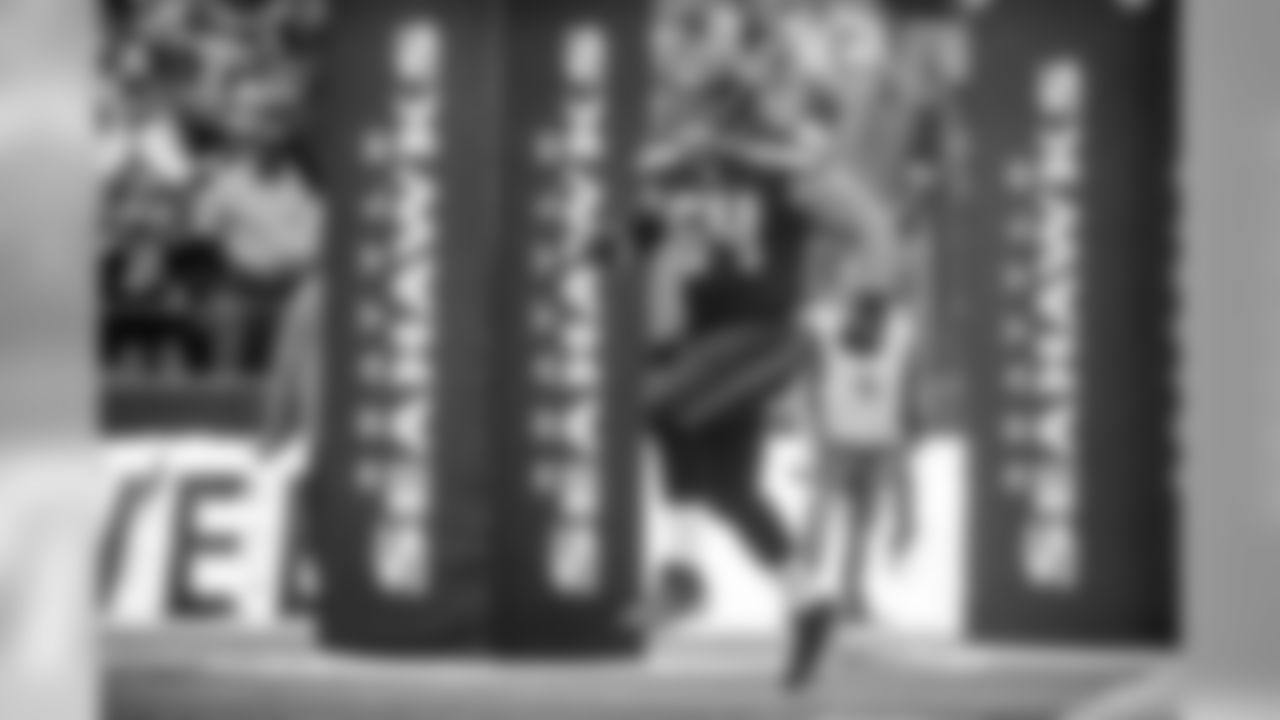
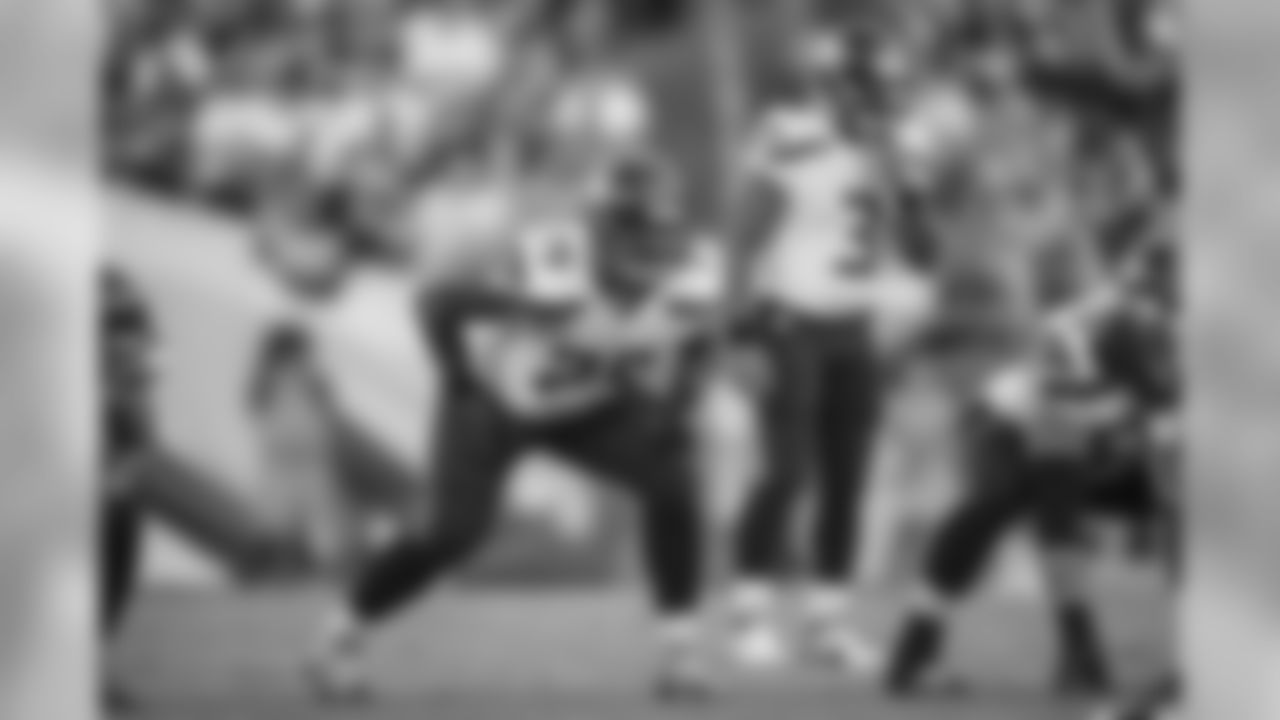
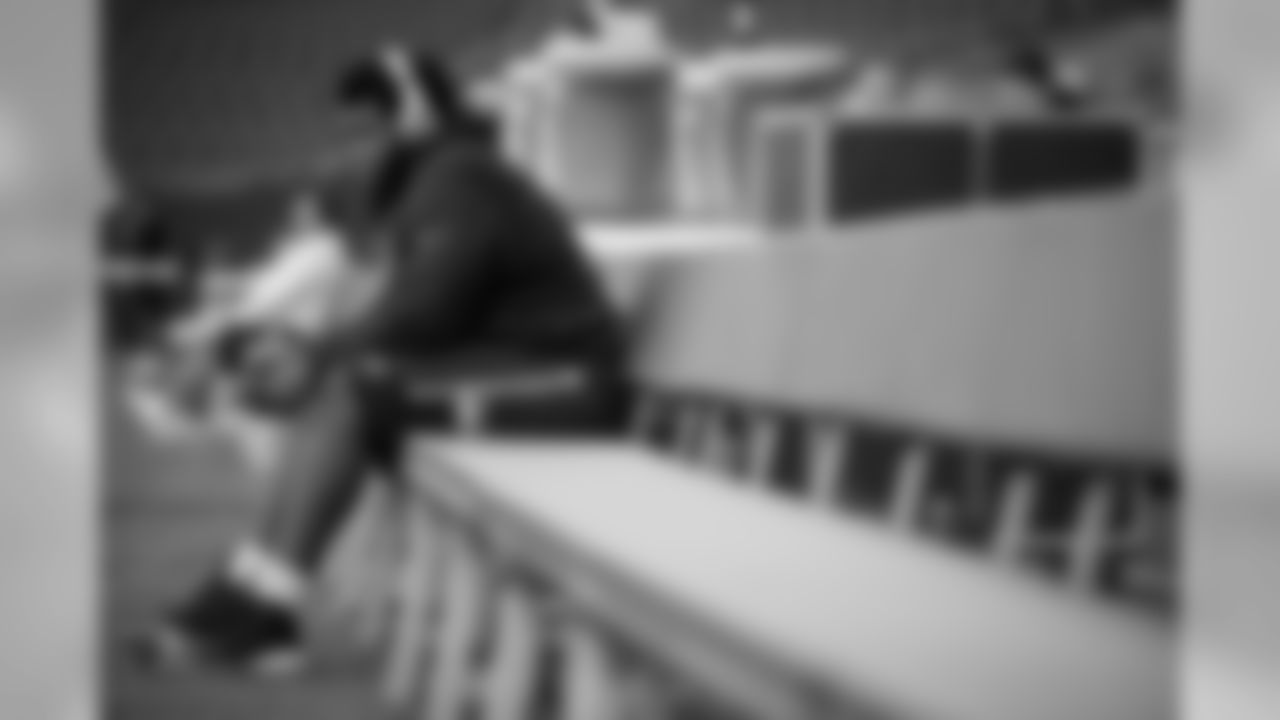

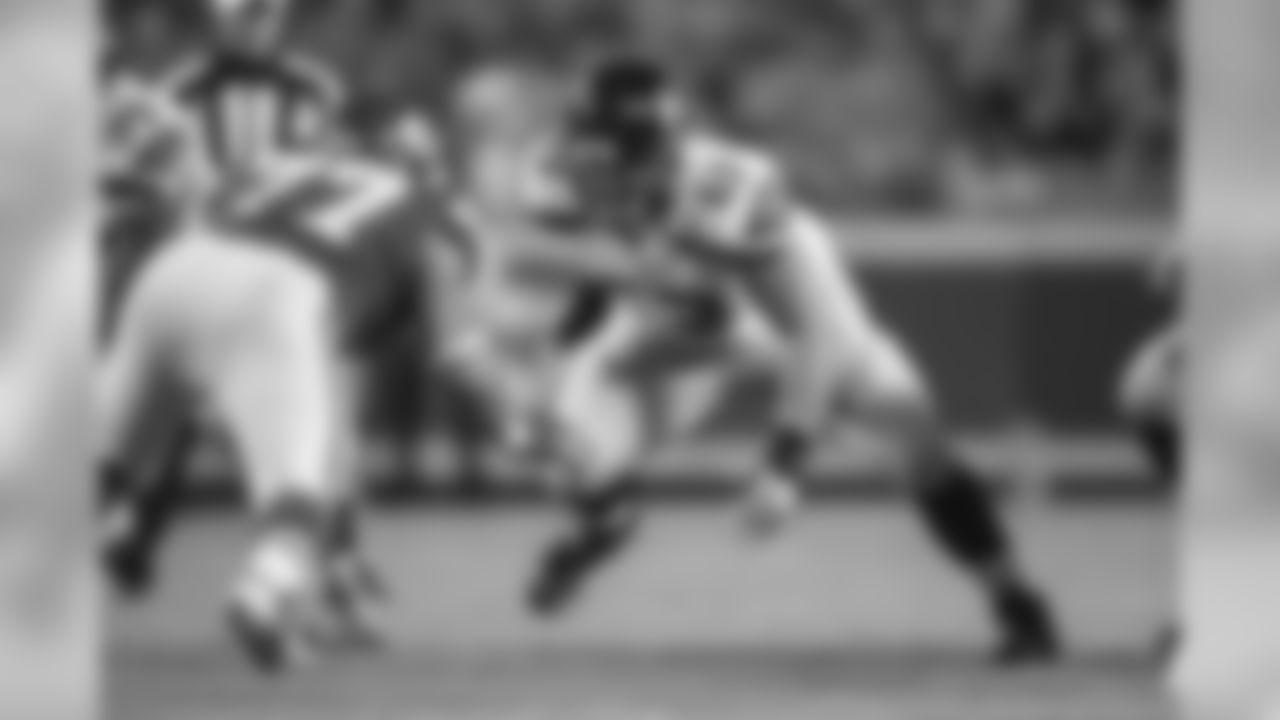
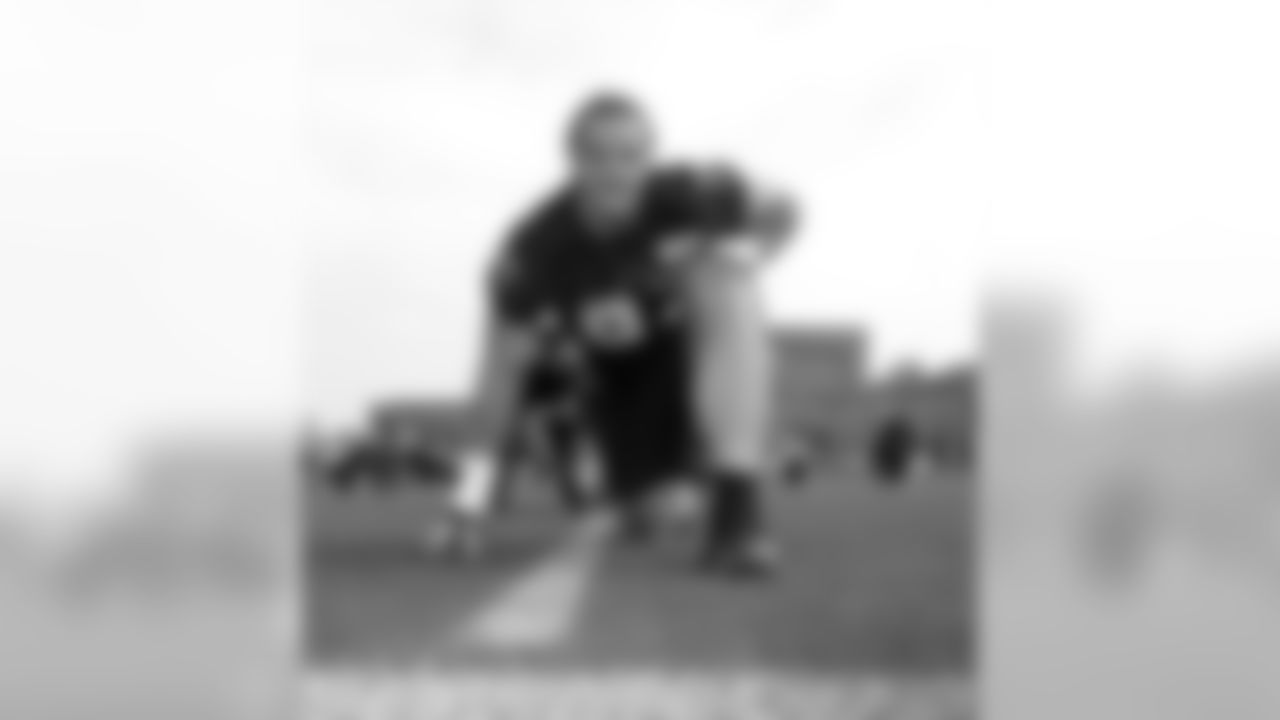
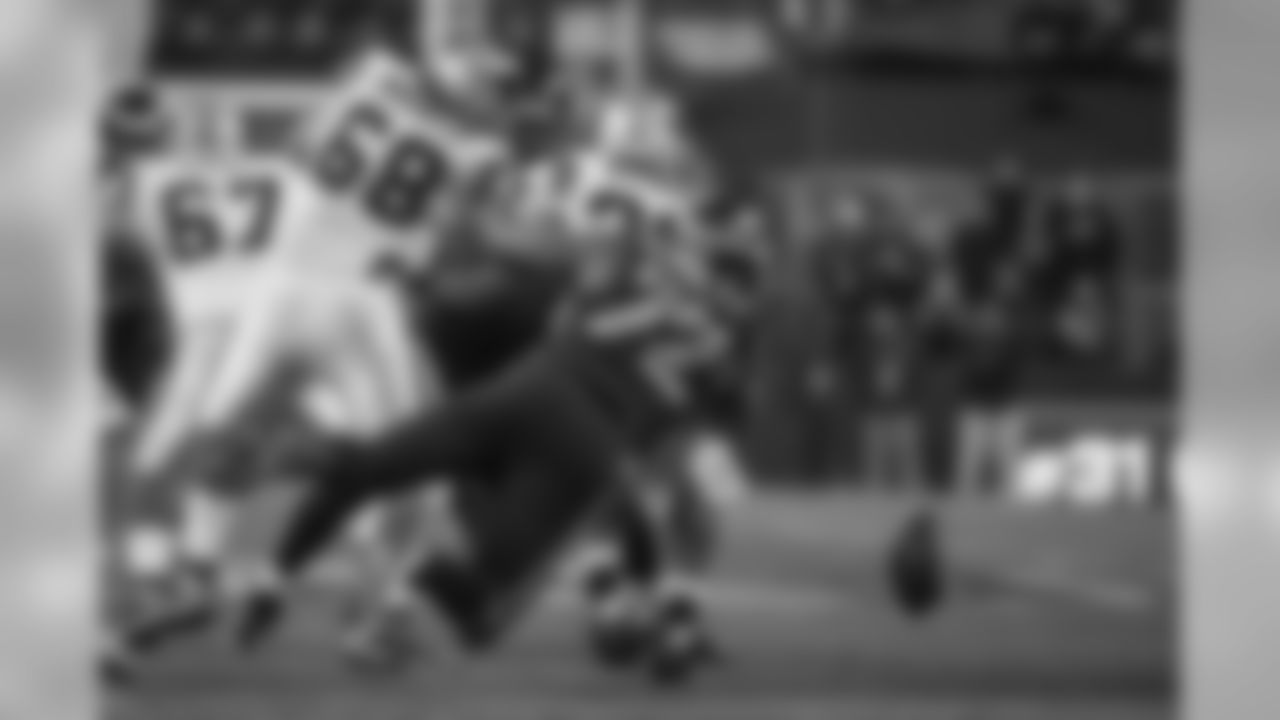
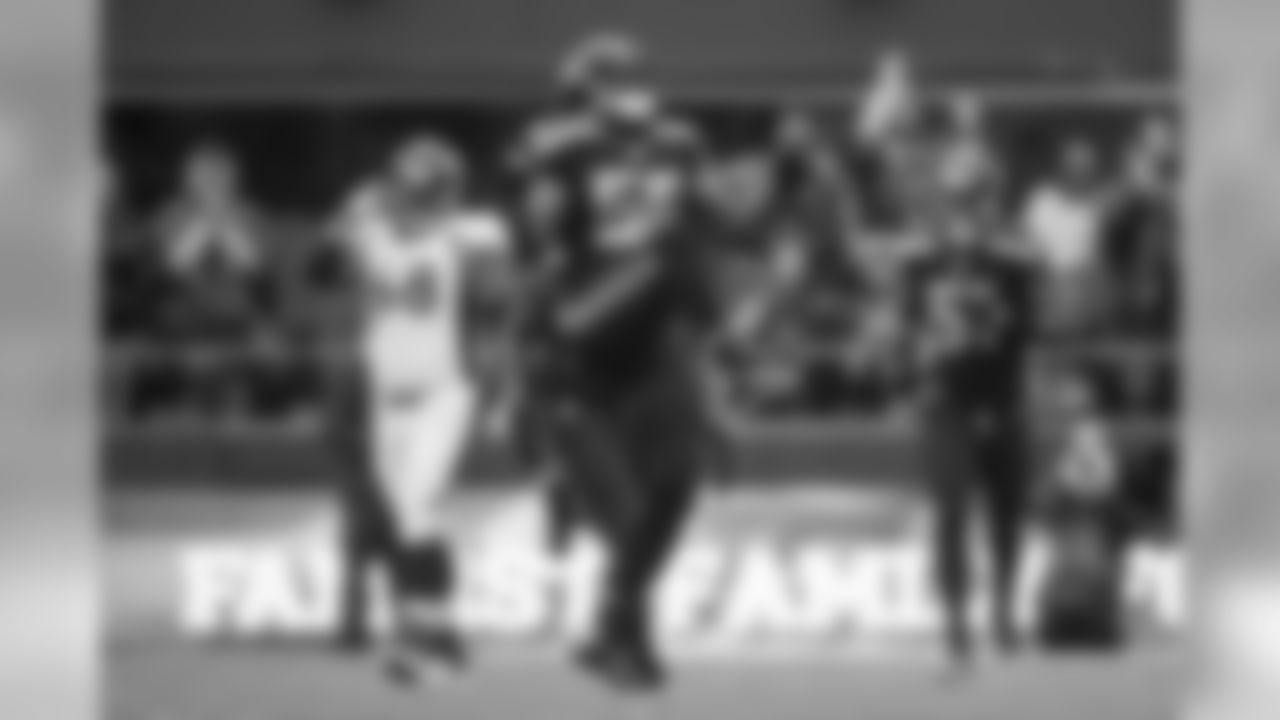
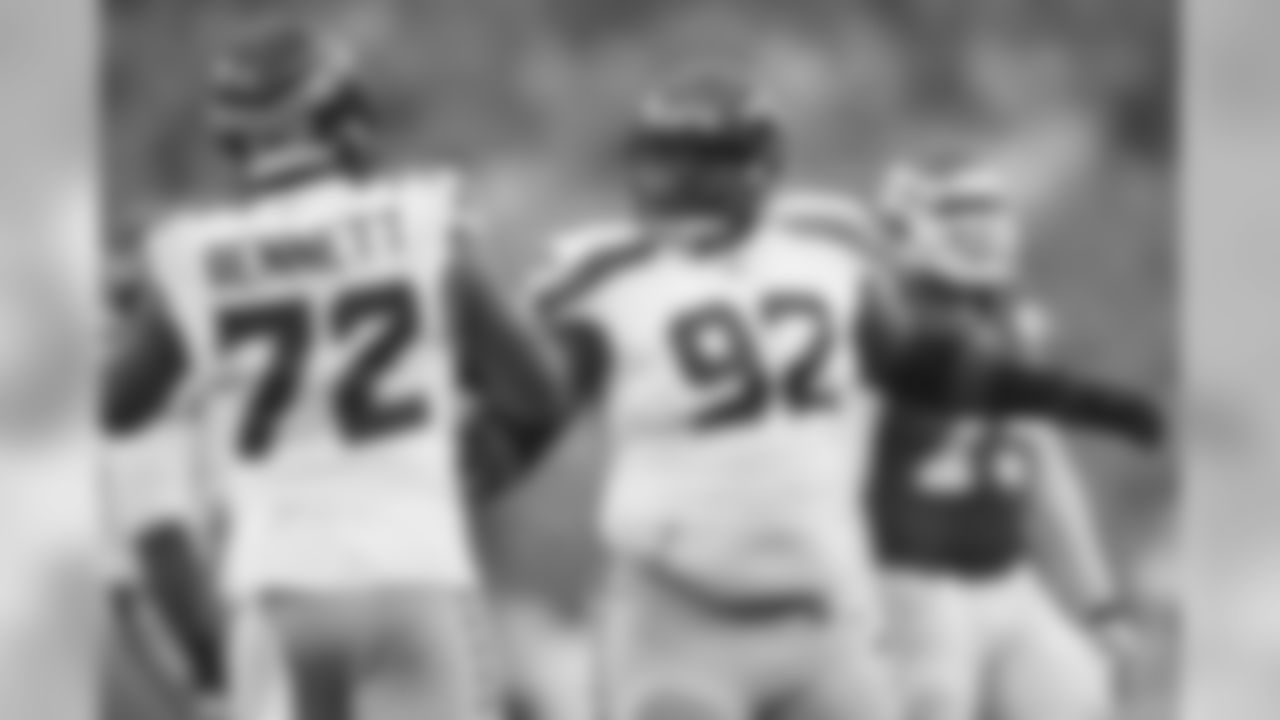
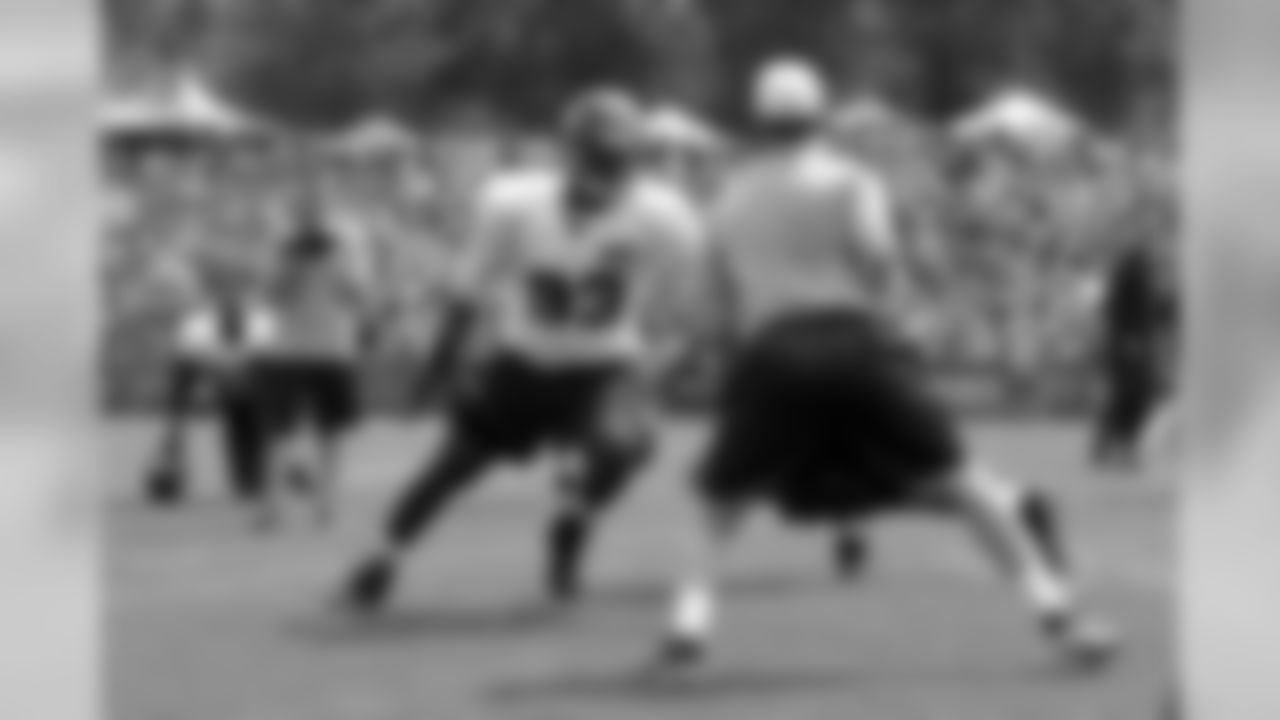
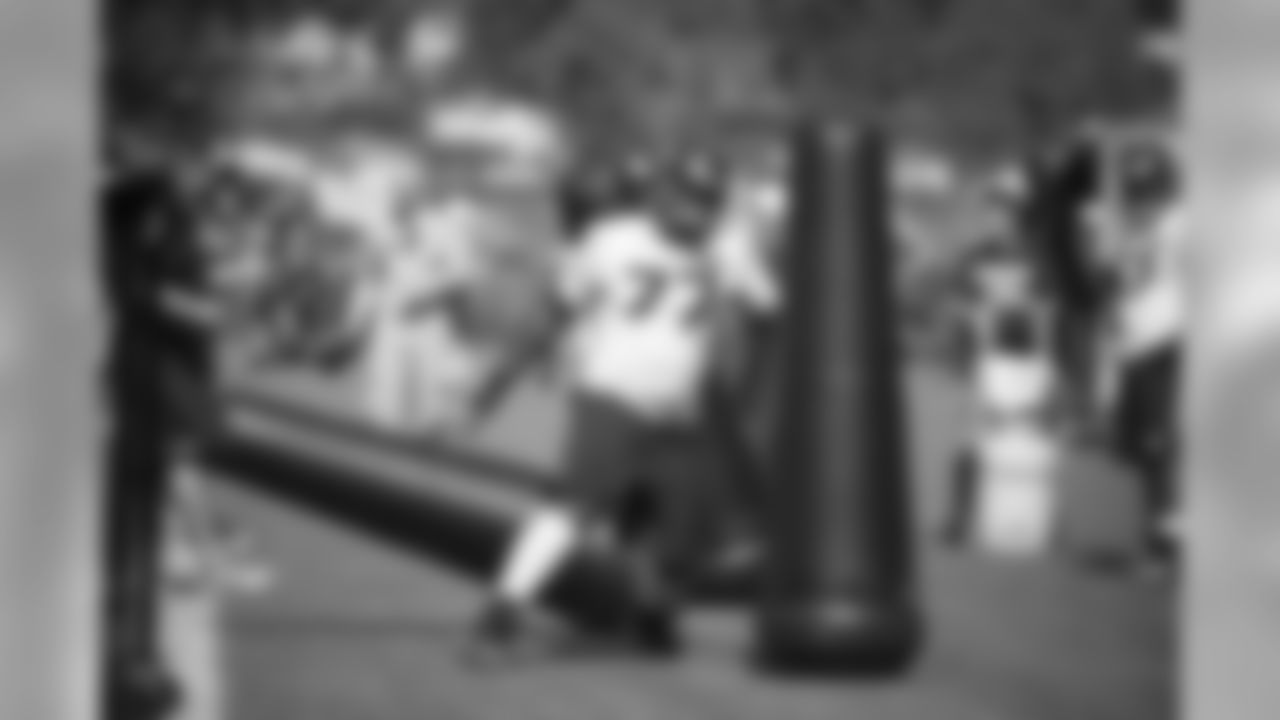
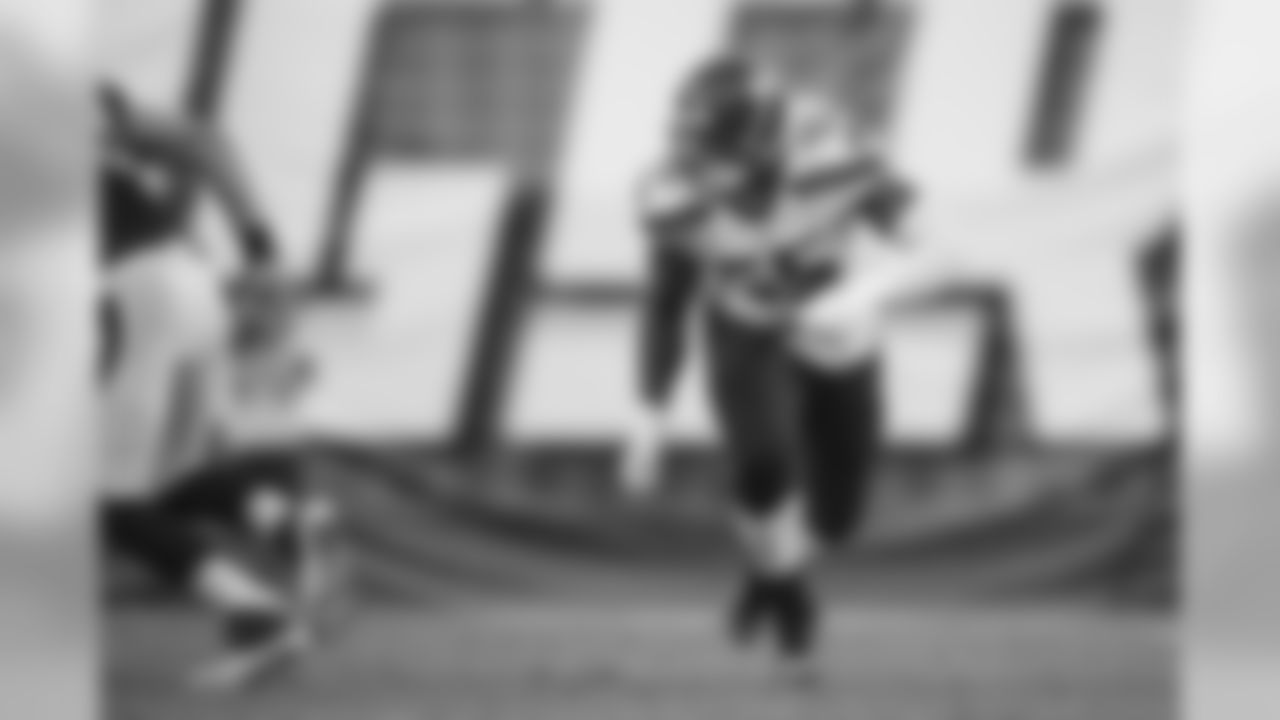
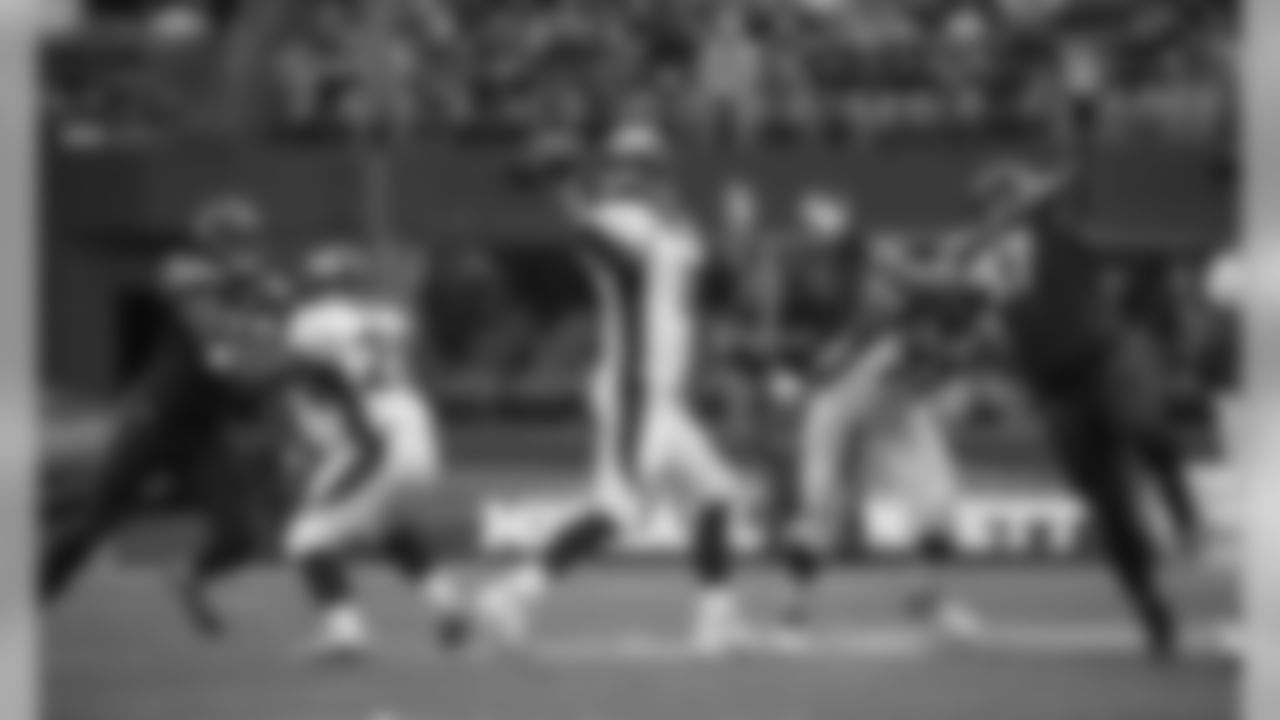
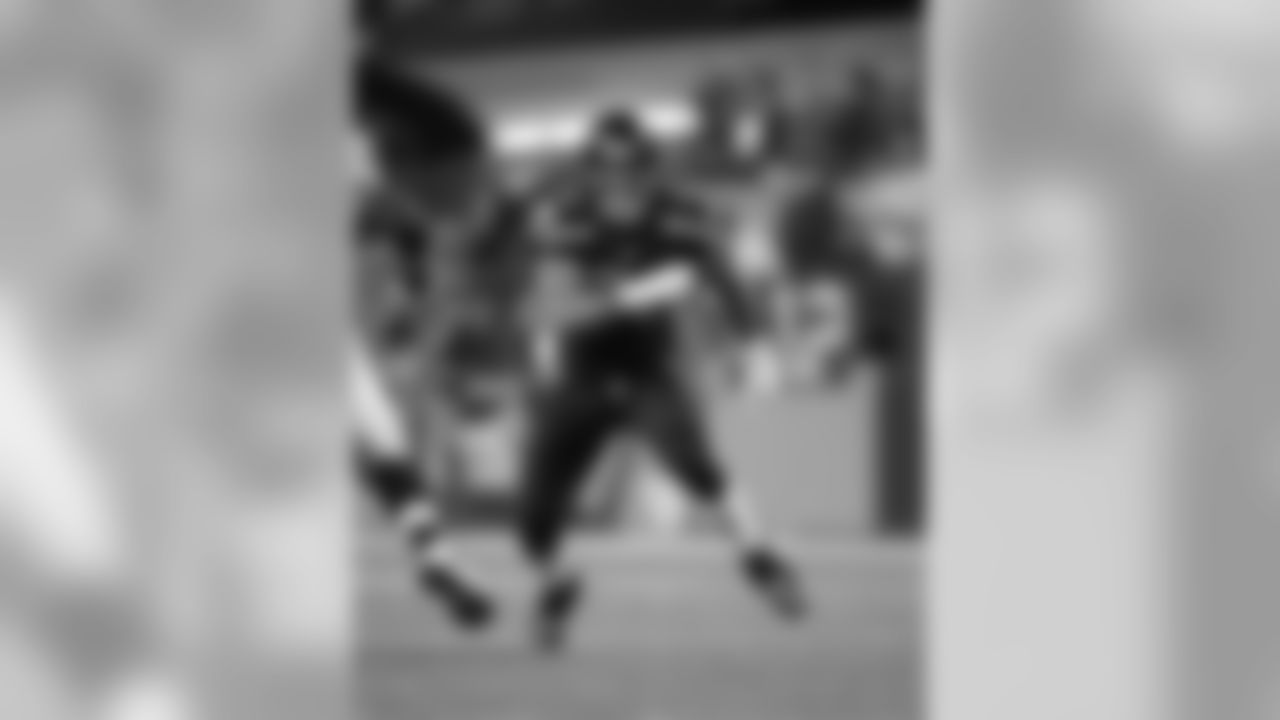
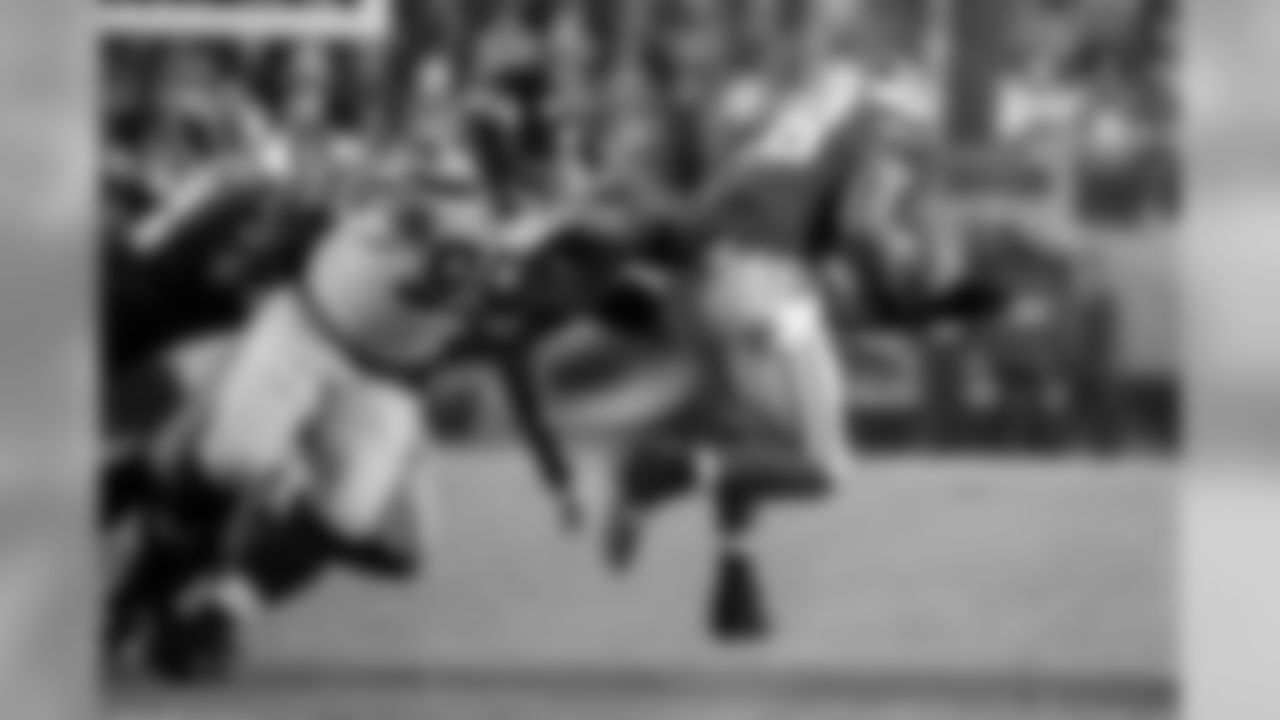
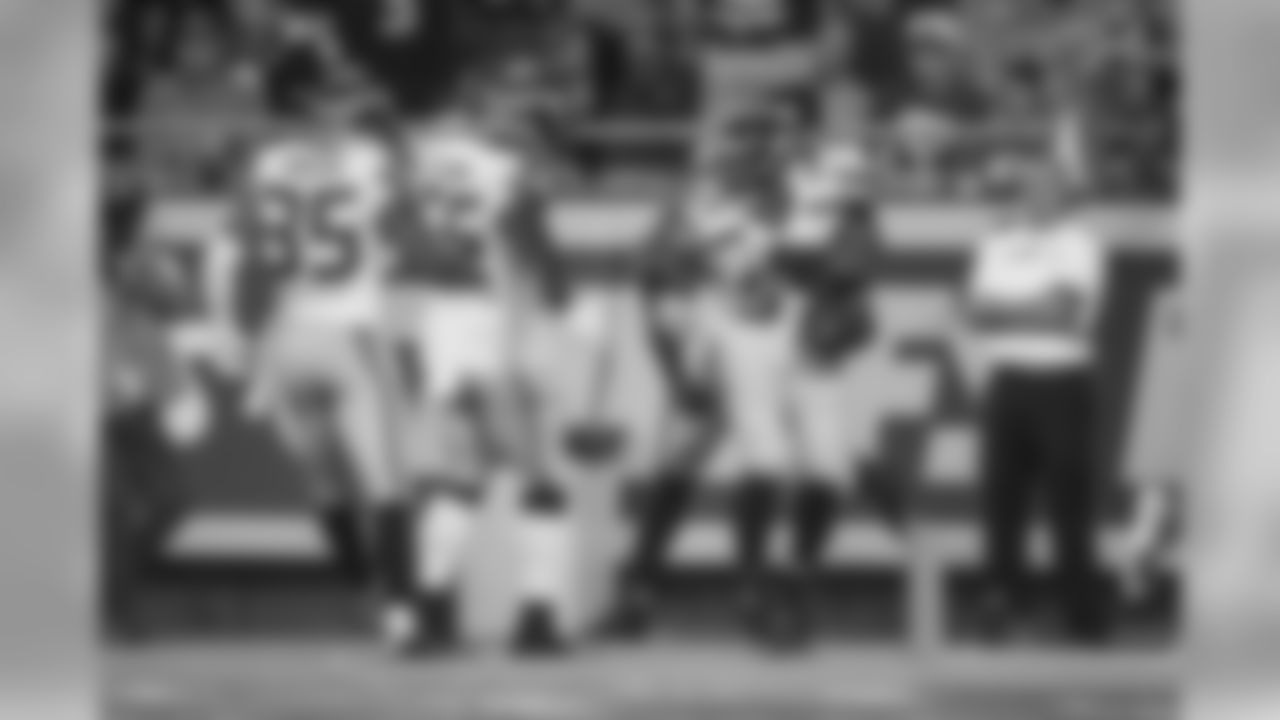
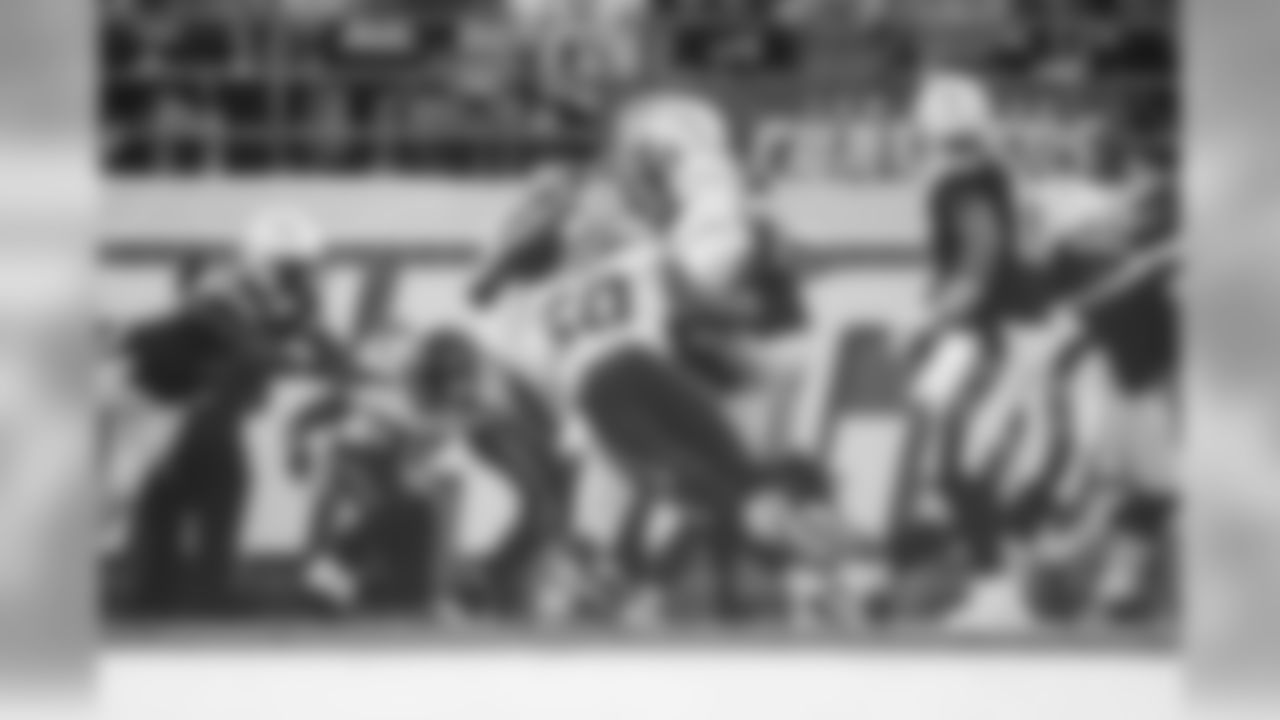
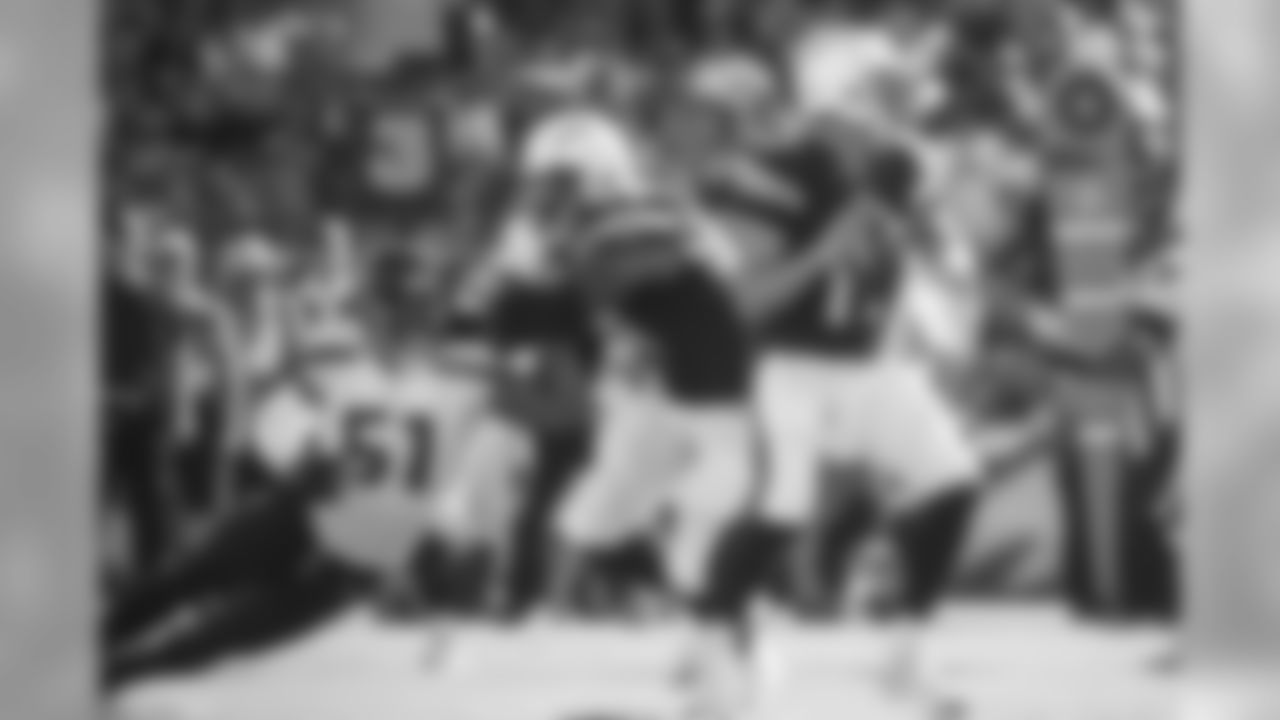
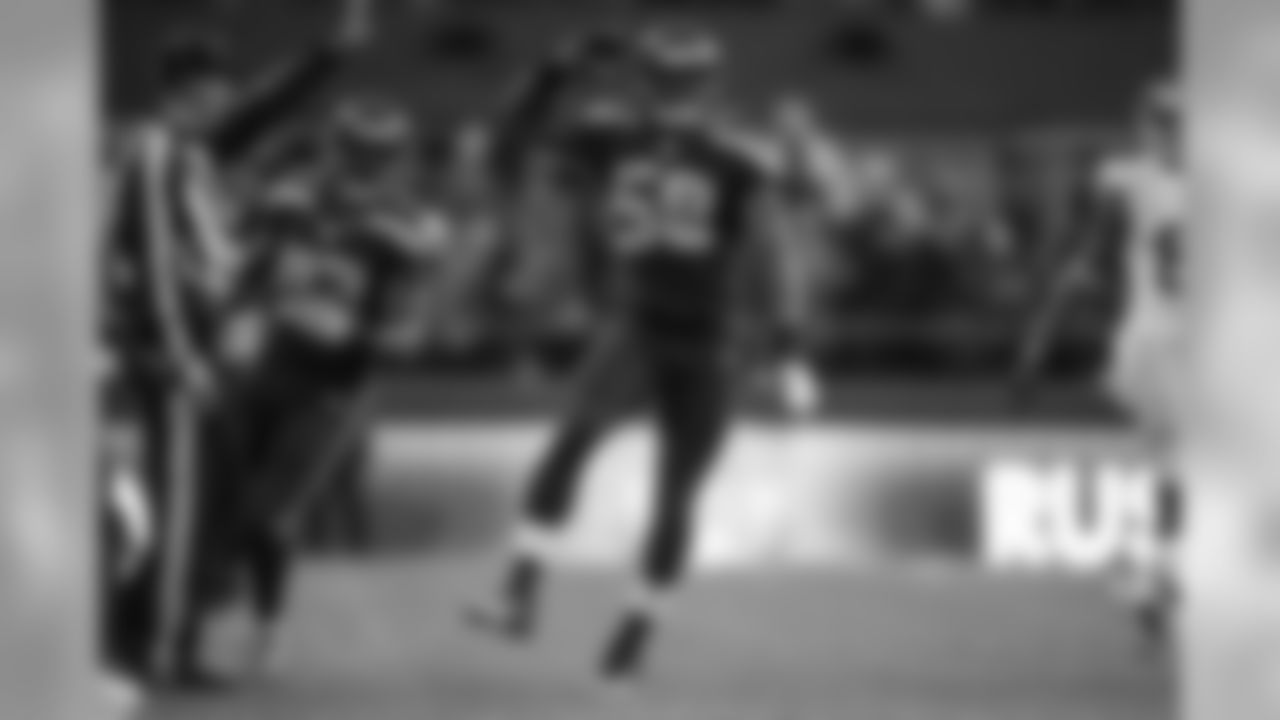
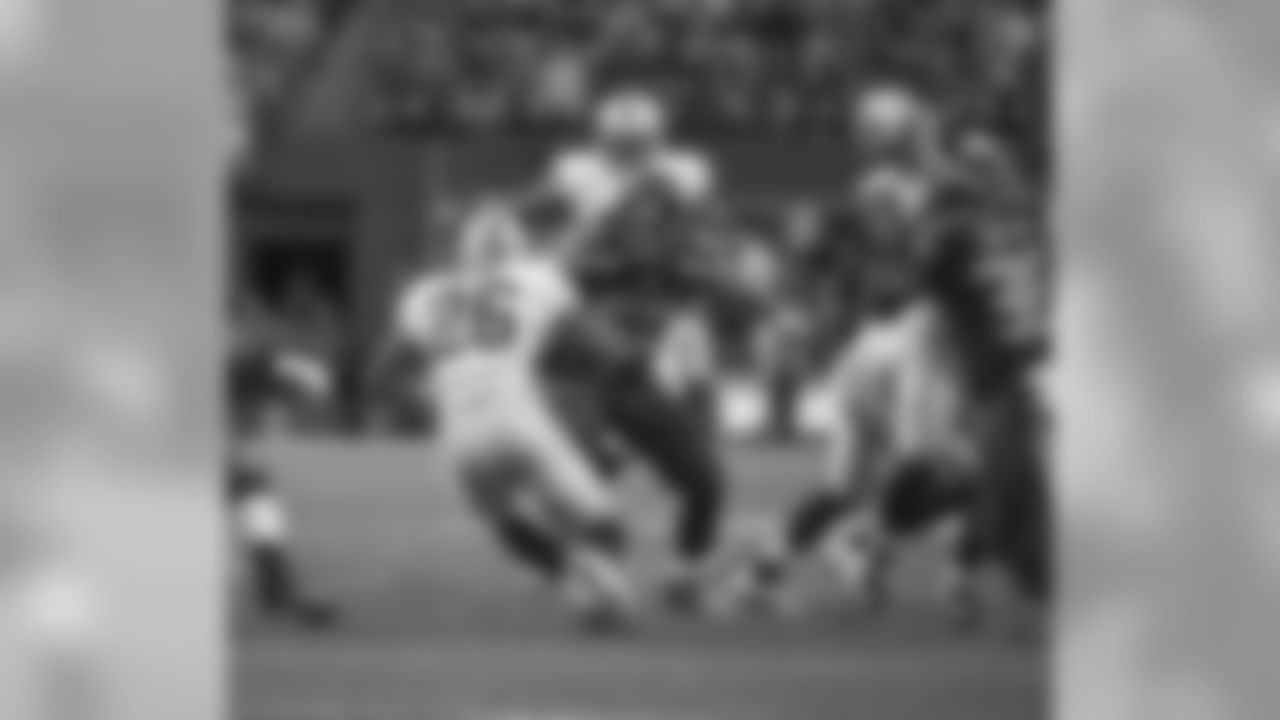
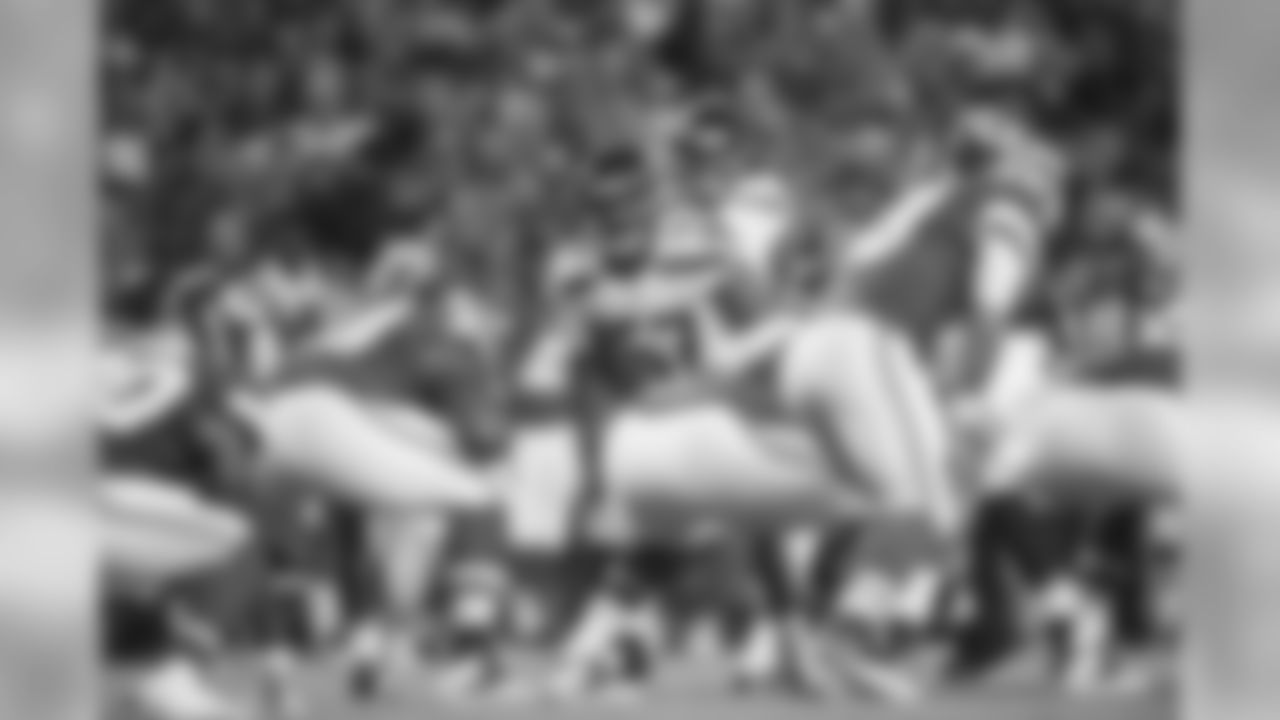
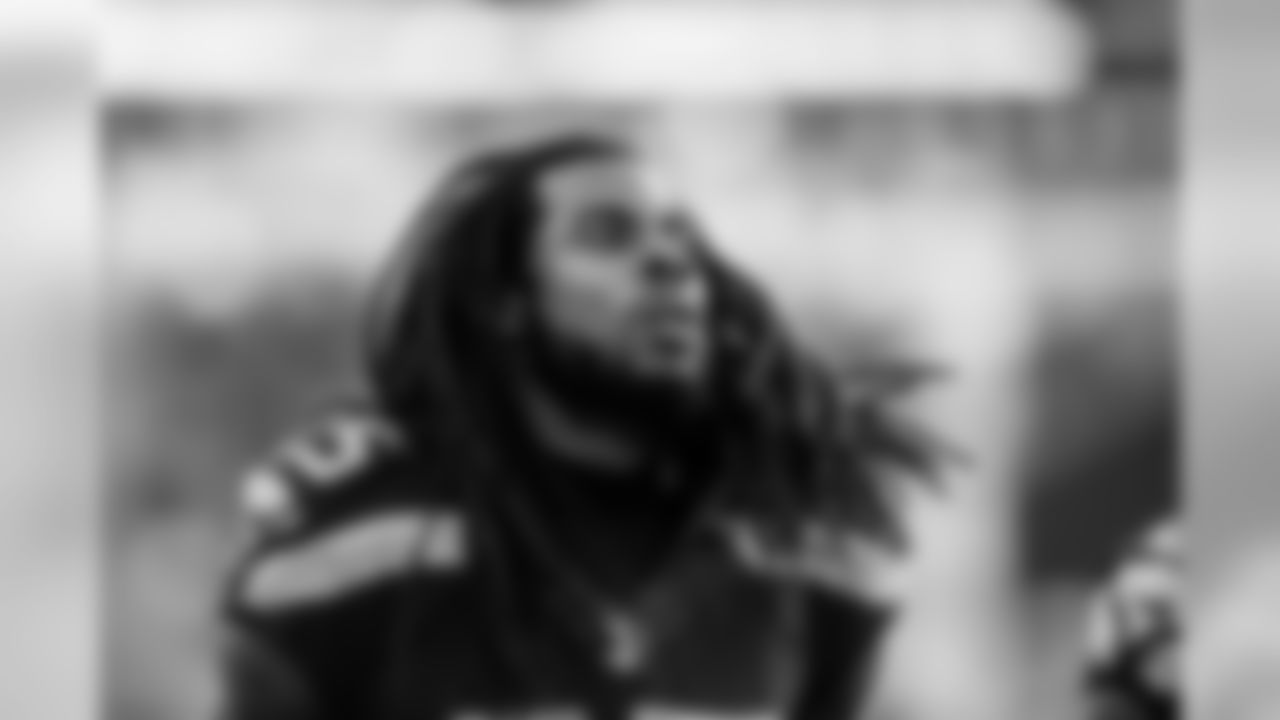
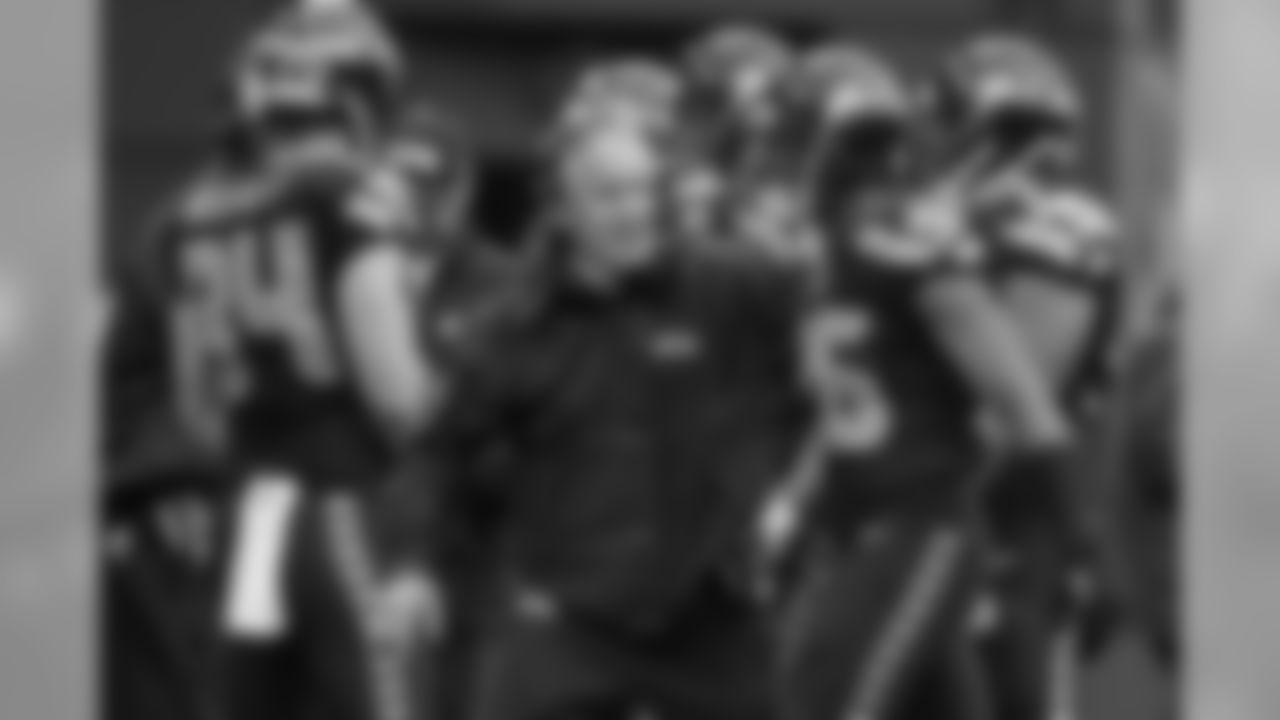
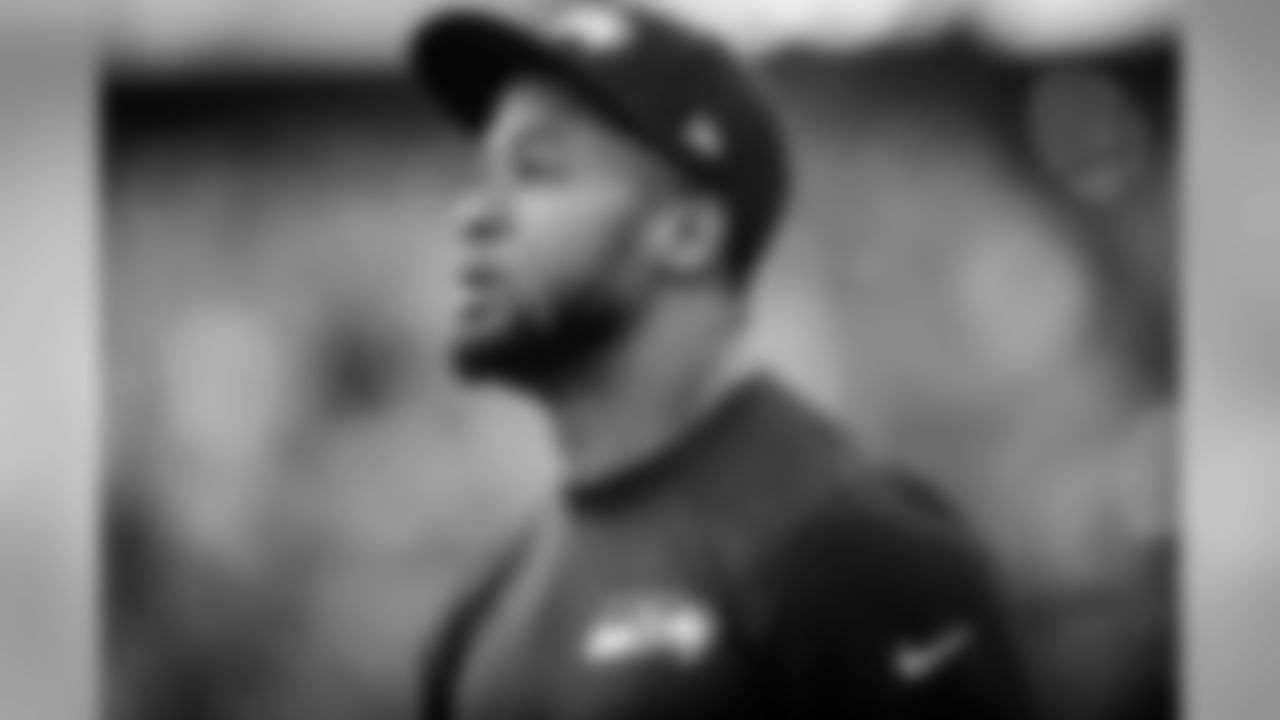
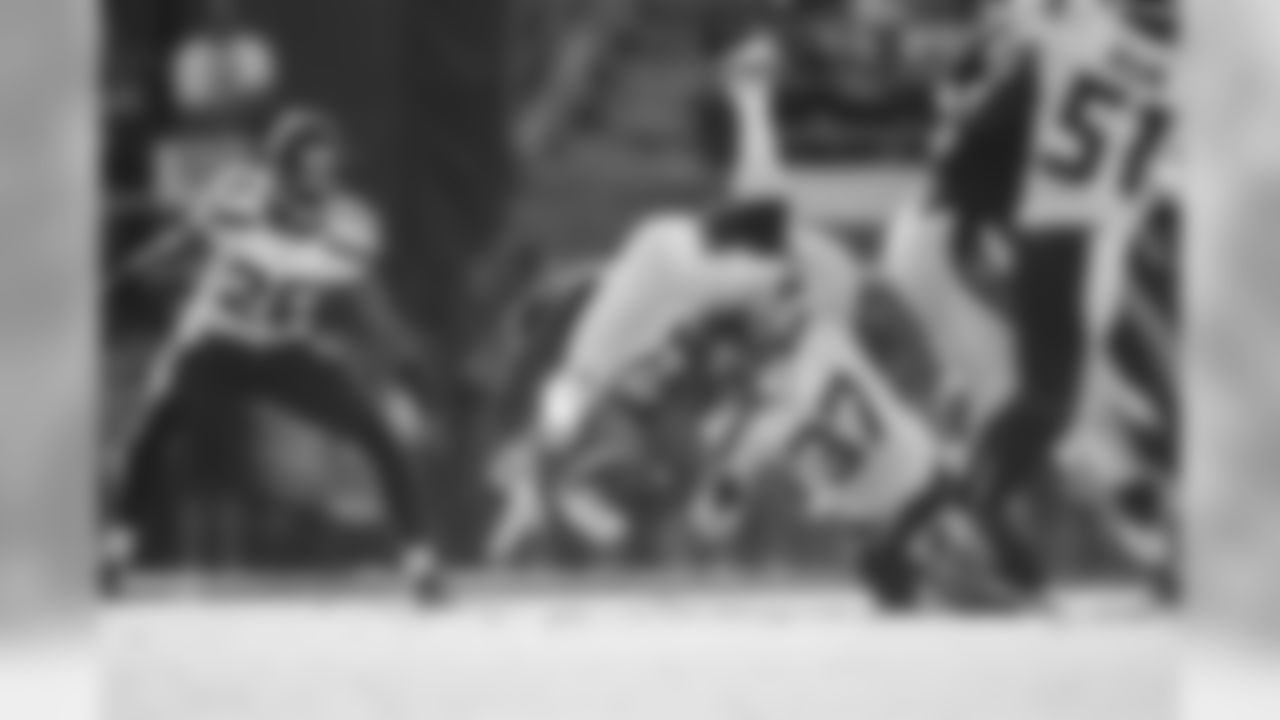
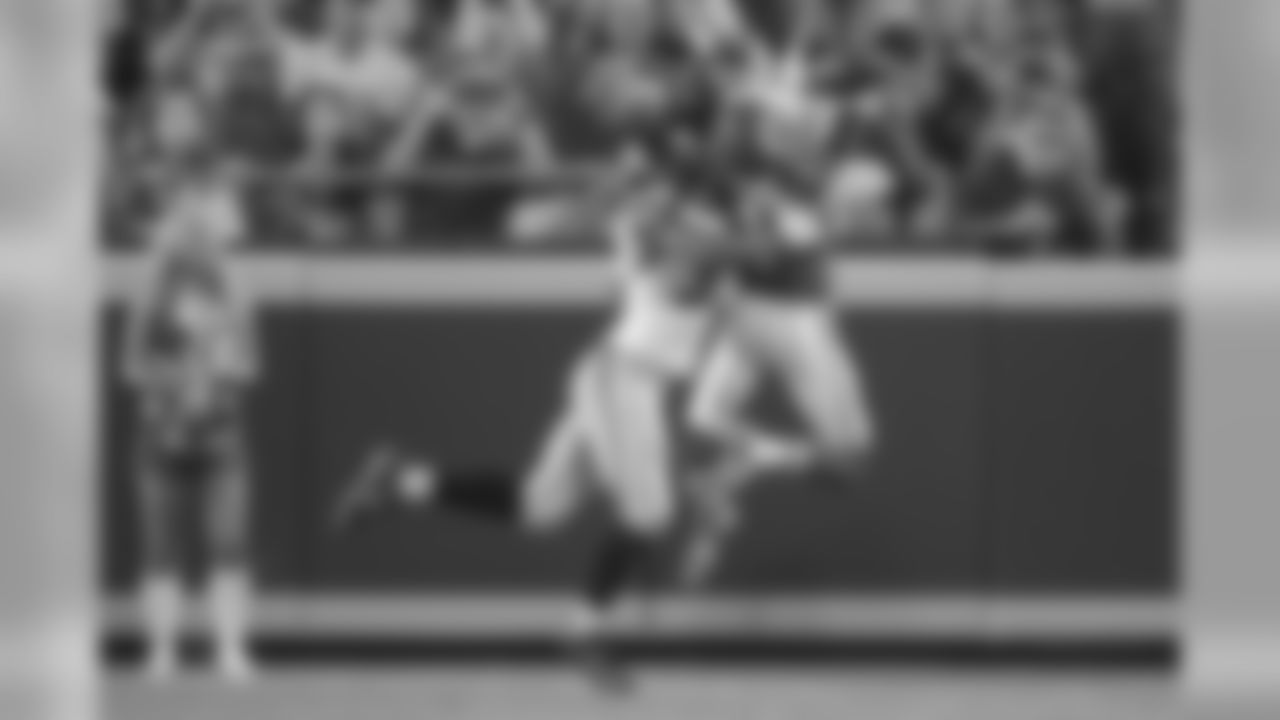
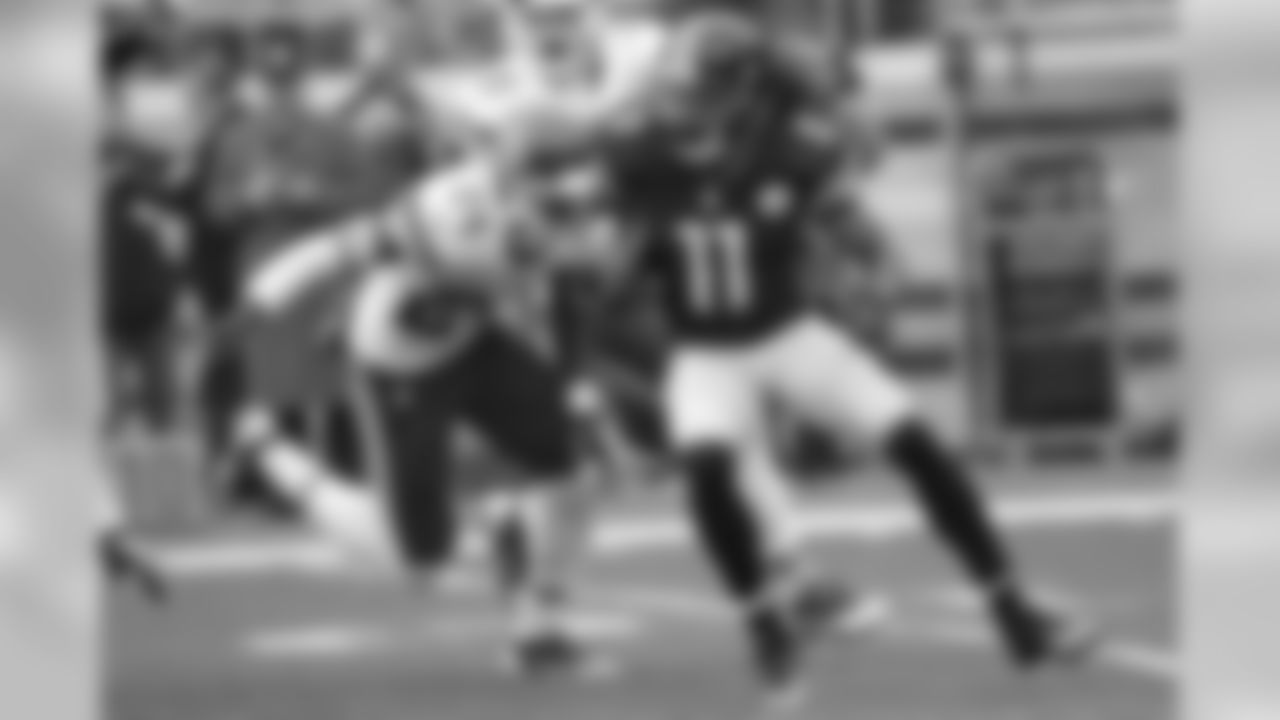
Pittsburgh Steelers wide receiver Markus Wheaton (11) runs after taking a pass from quarterback Ben Roethlisberger with Kansas City Chiefs defensive back Kelcie McCray (24) in pursuit during the first half of an NFL football game in Pittsburgh, Sunday, Dec. 21, 2014. (AP Photo/Tom Puskar)
